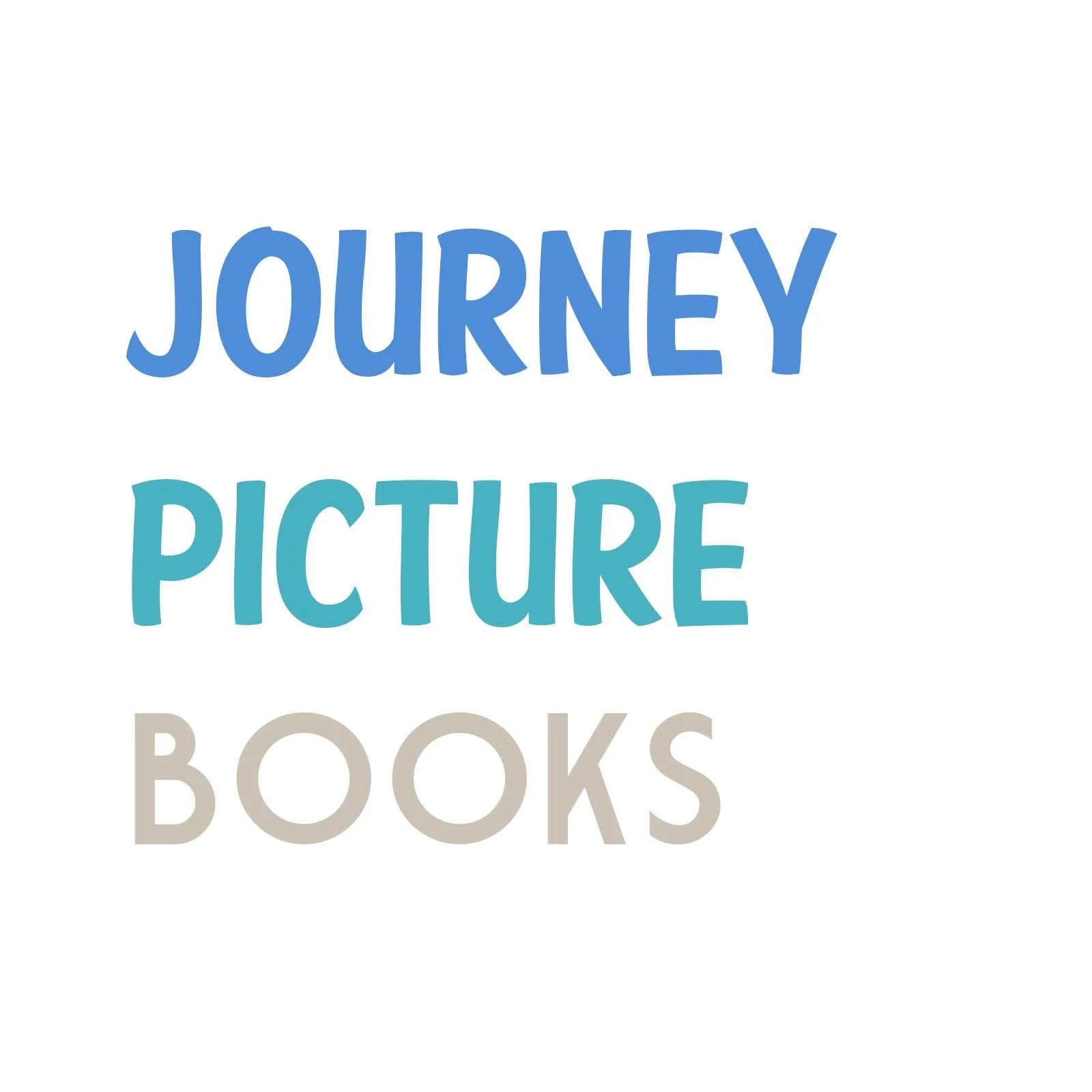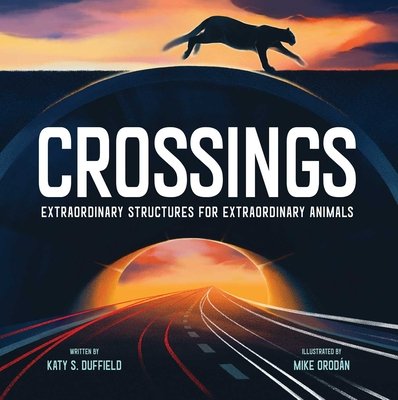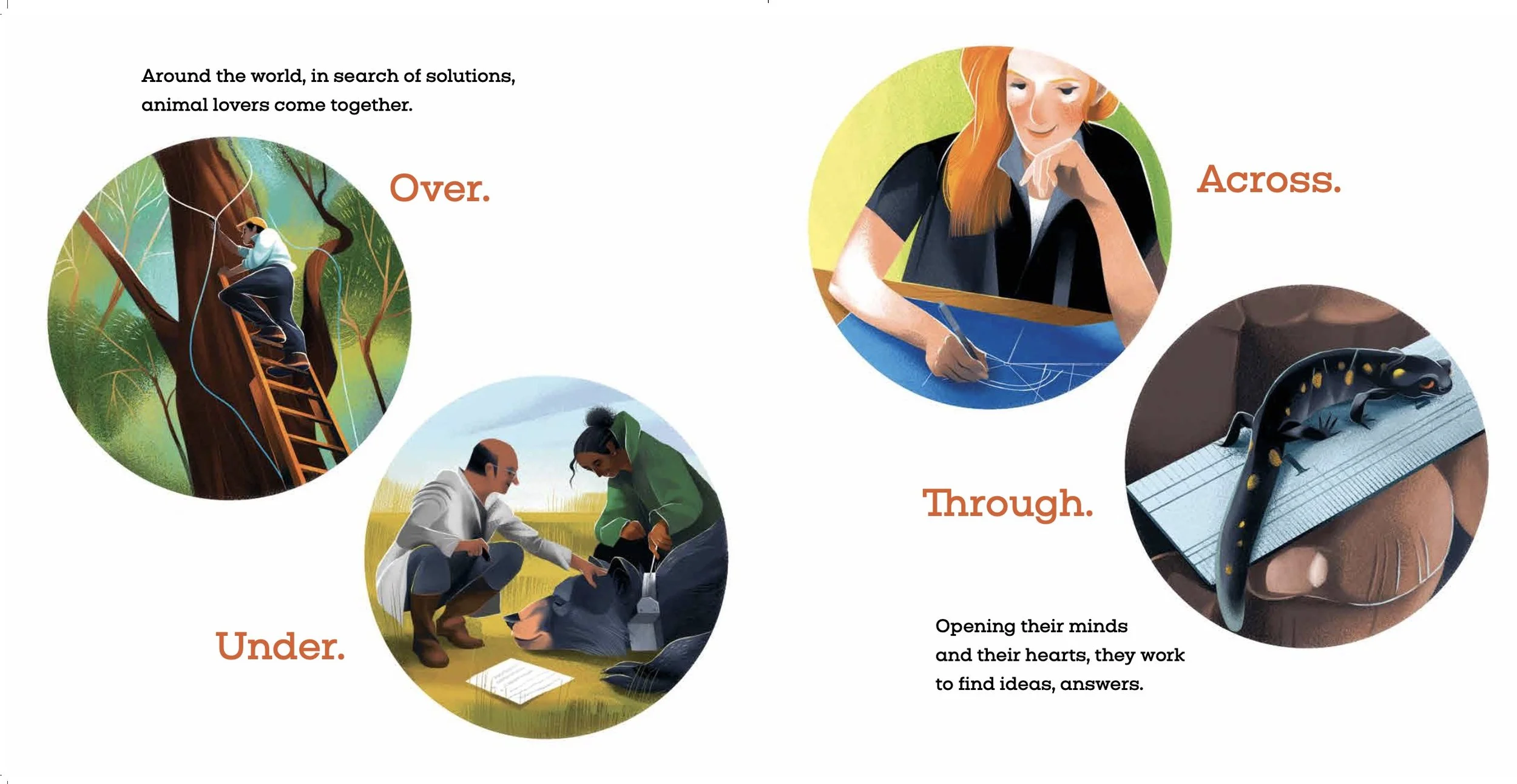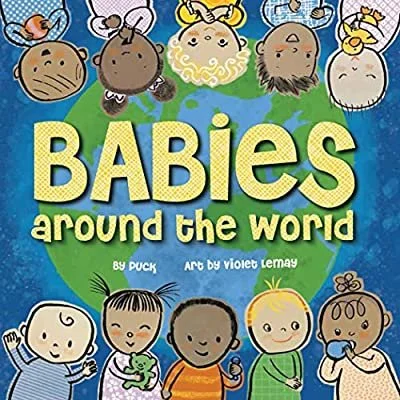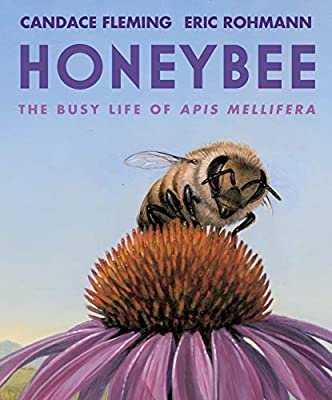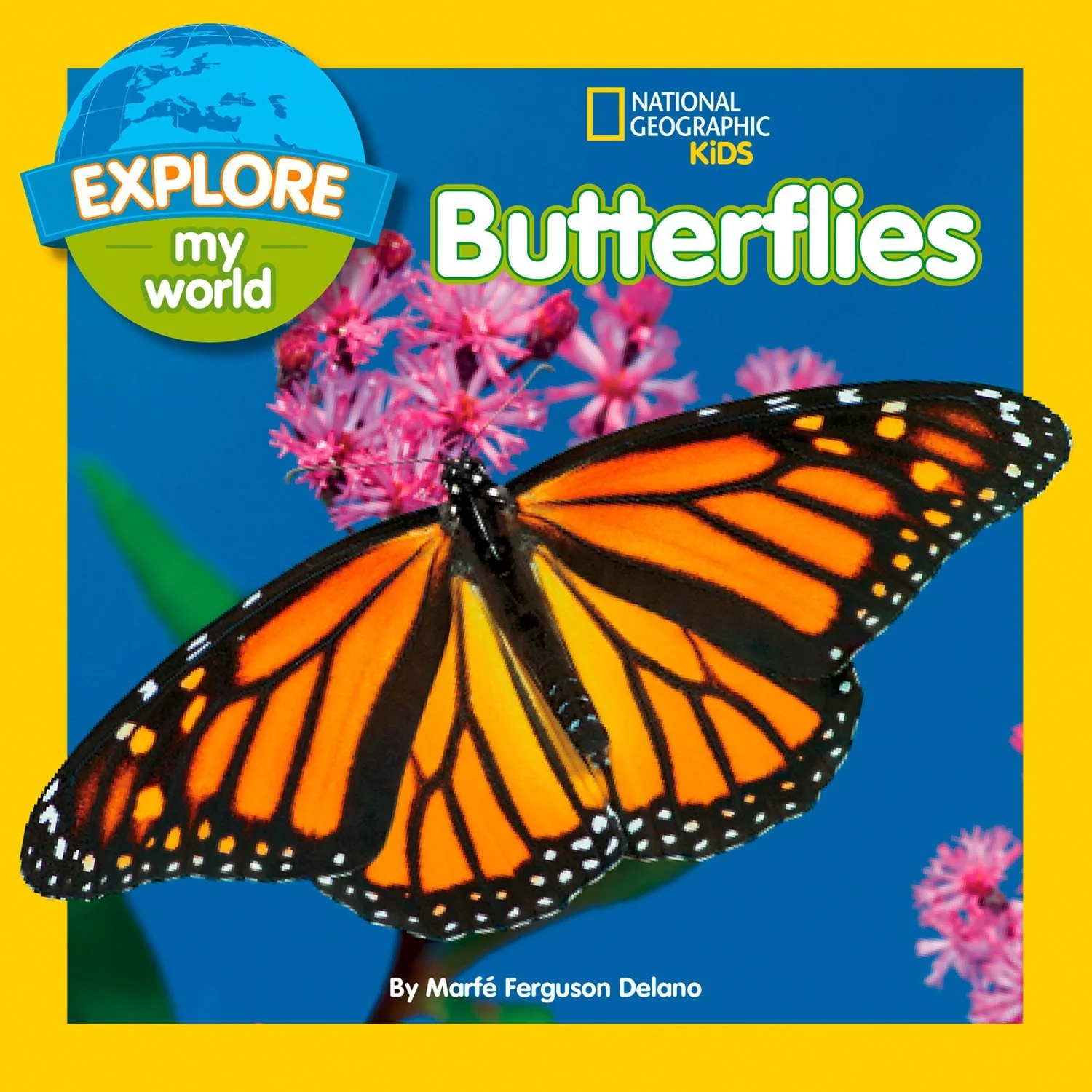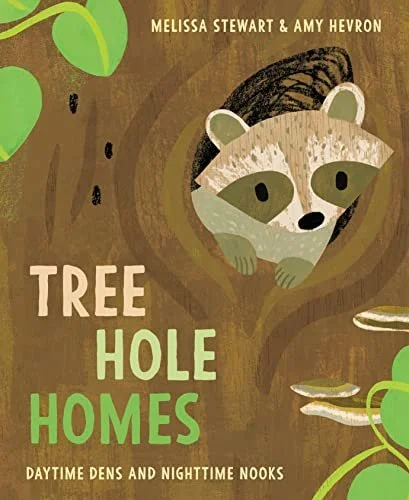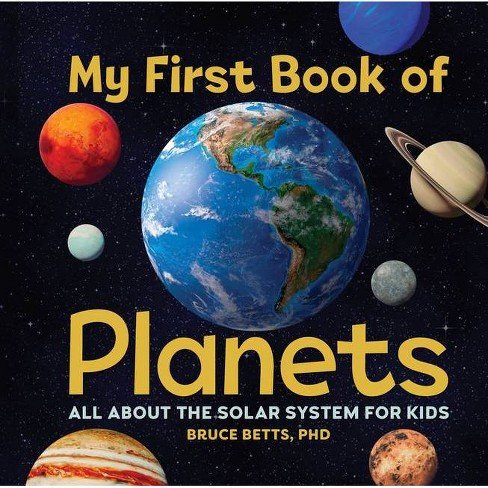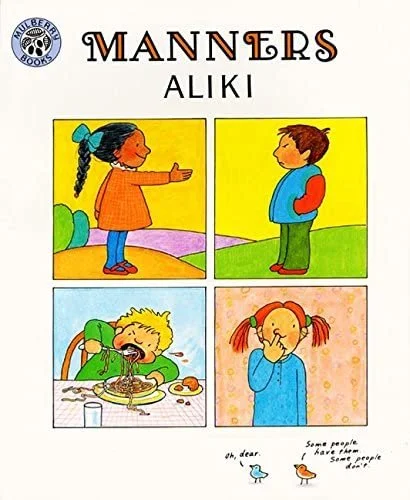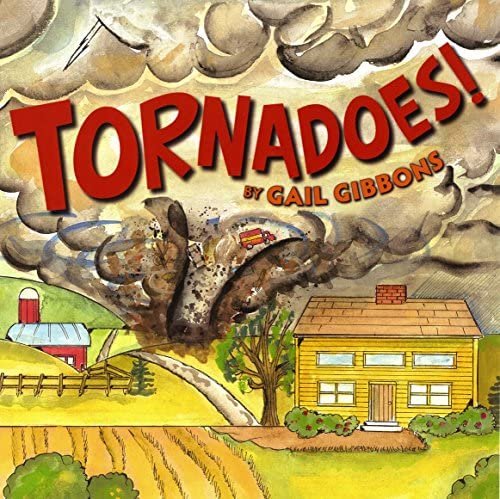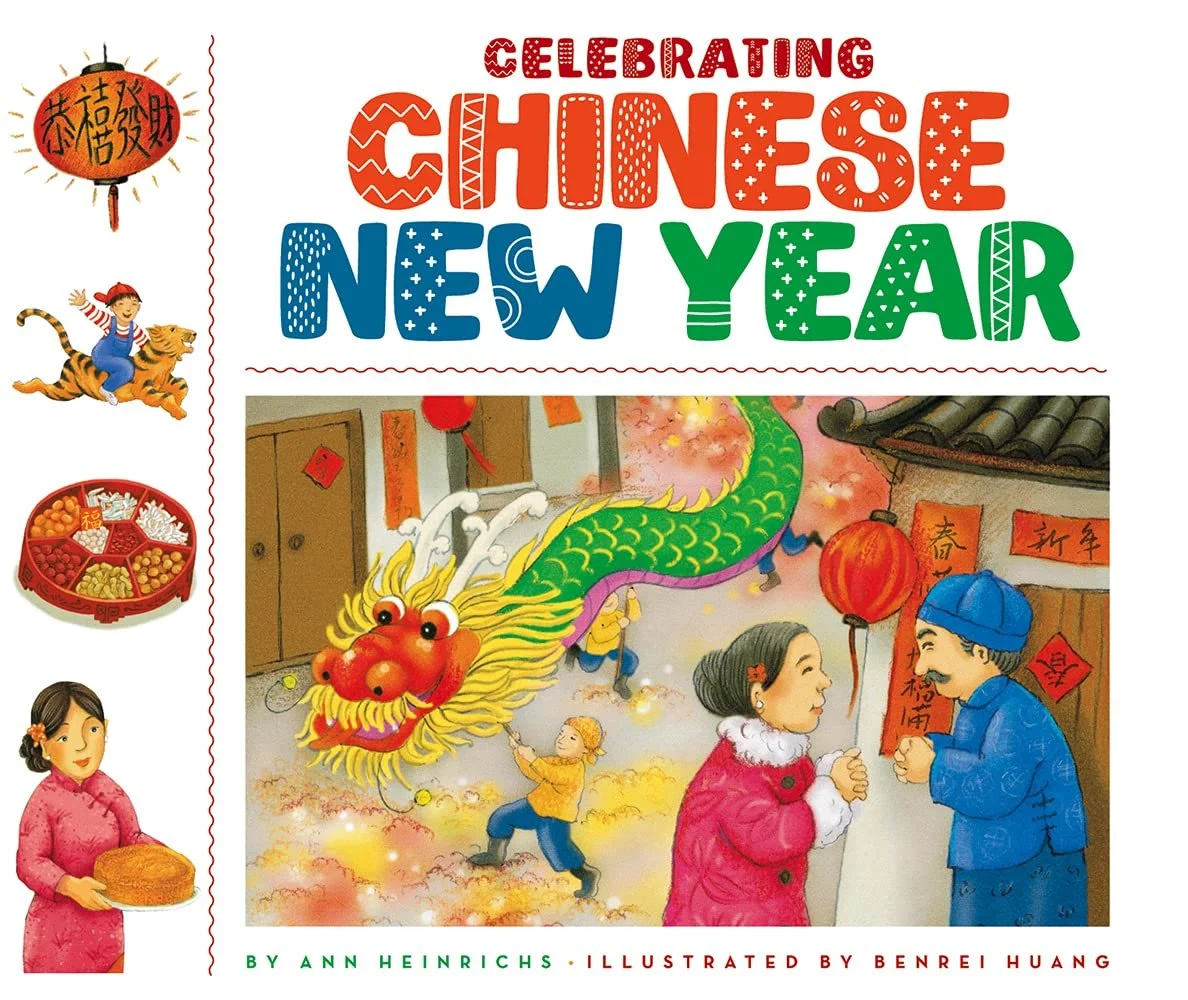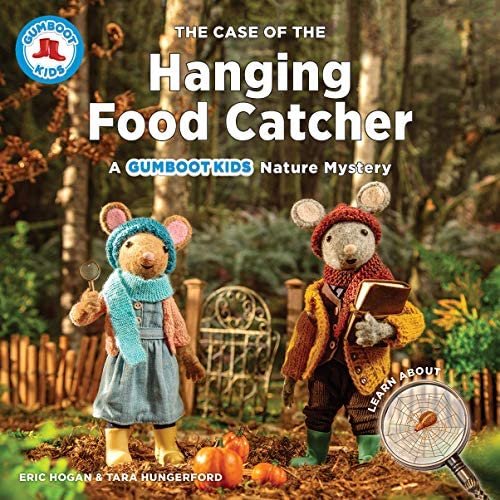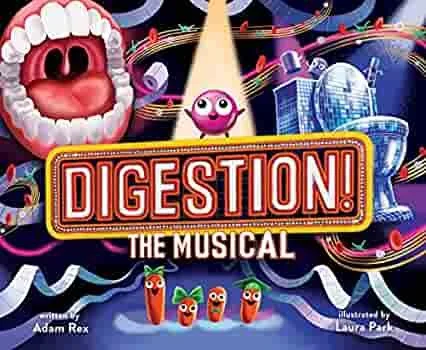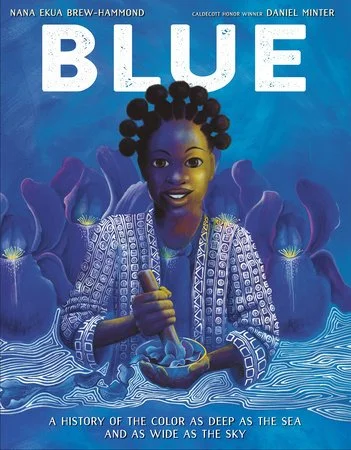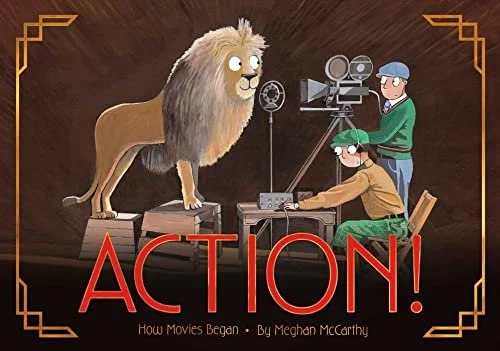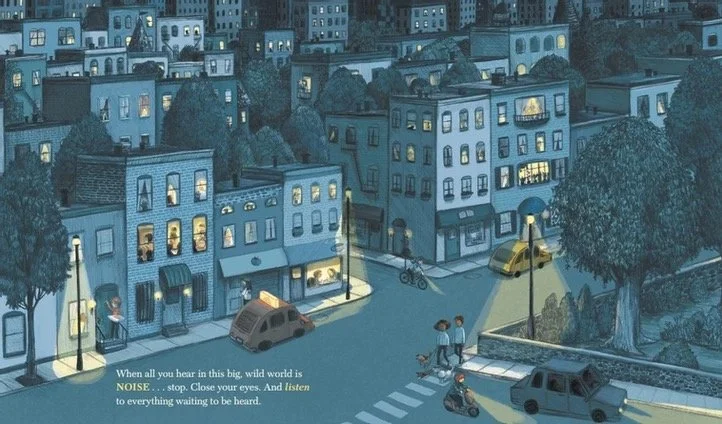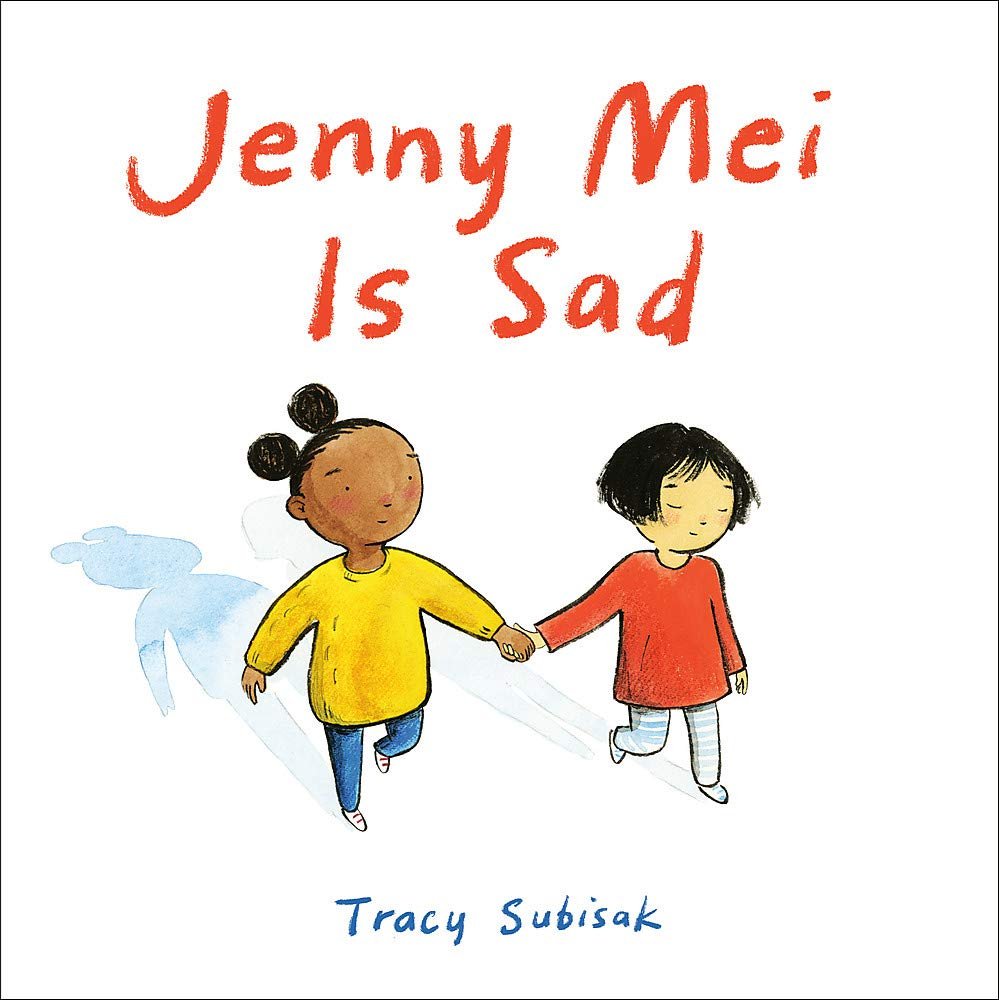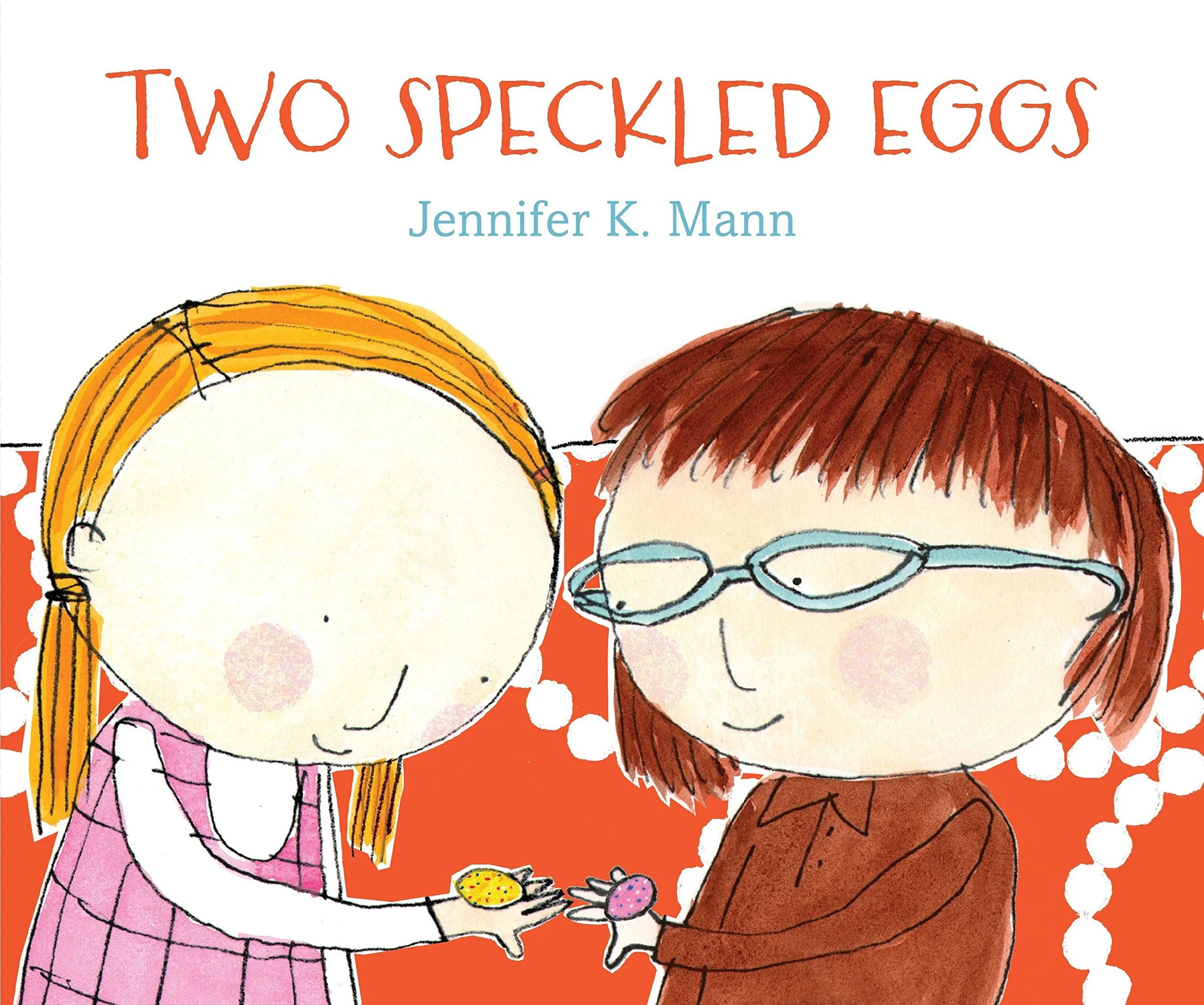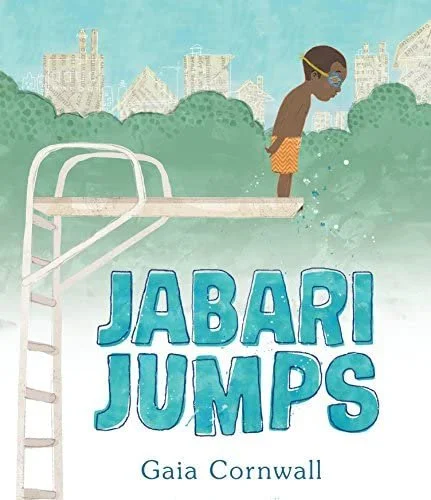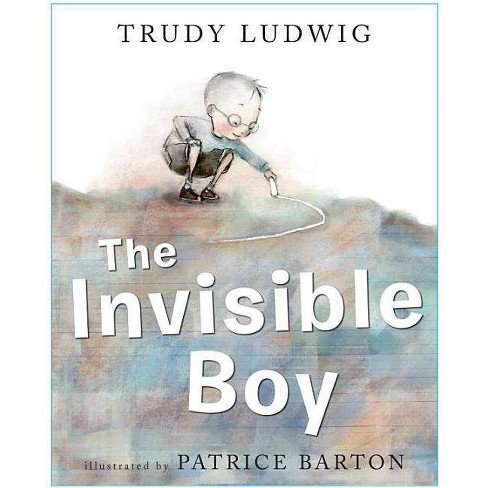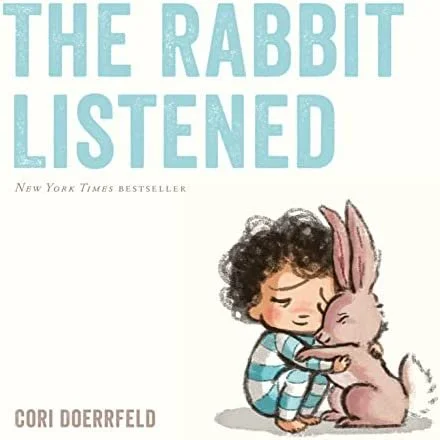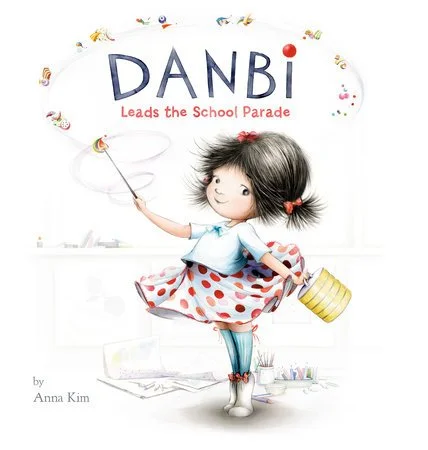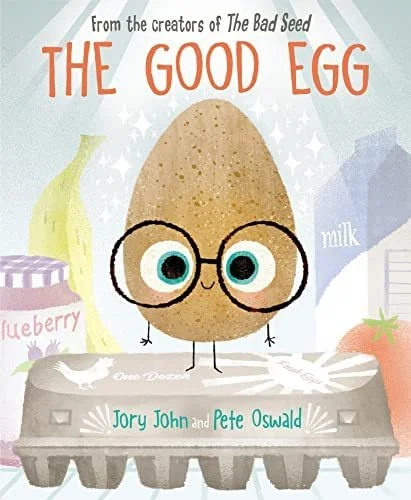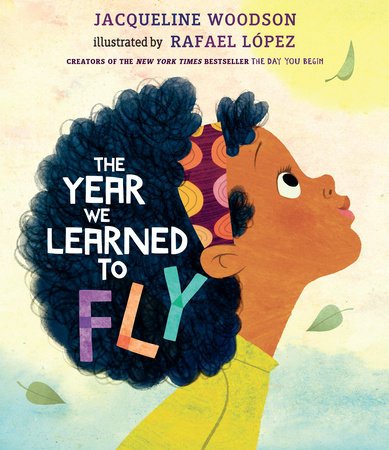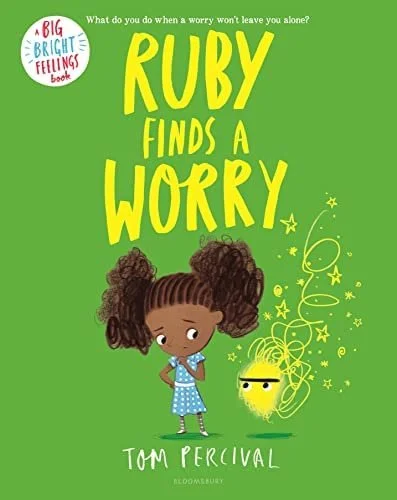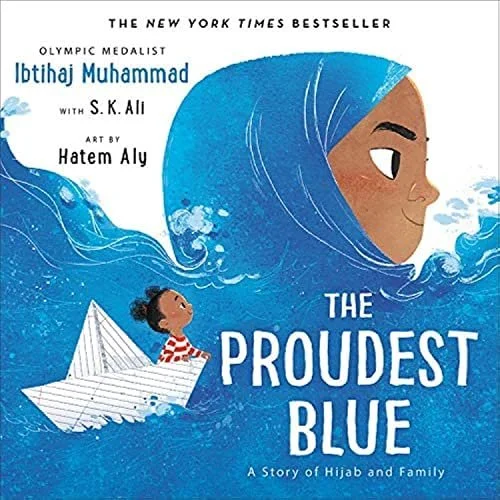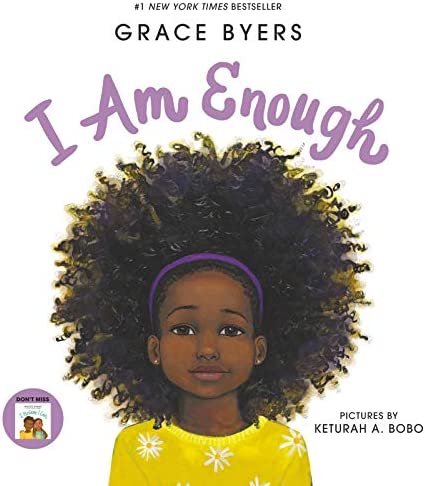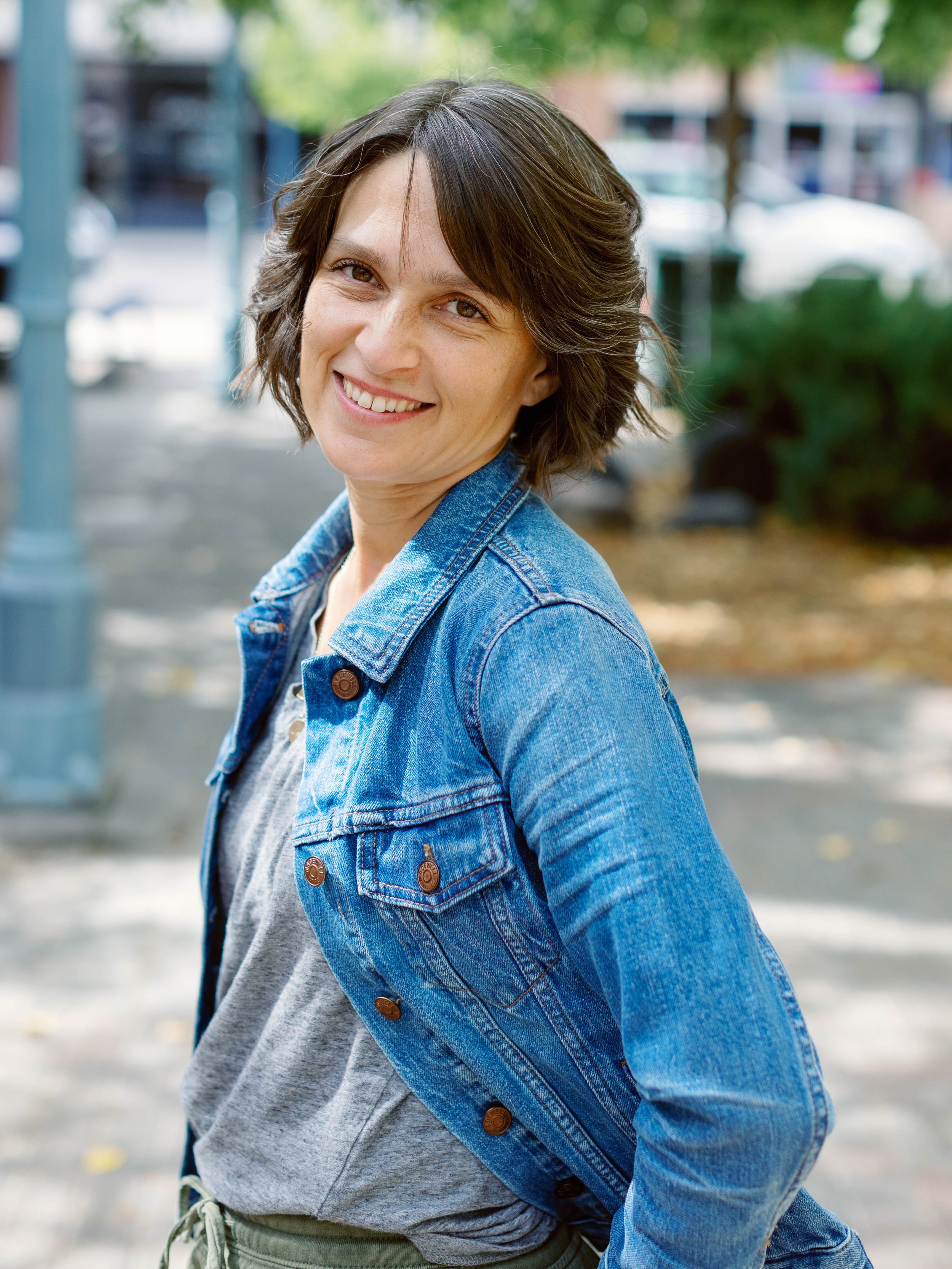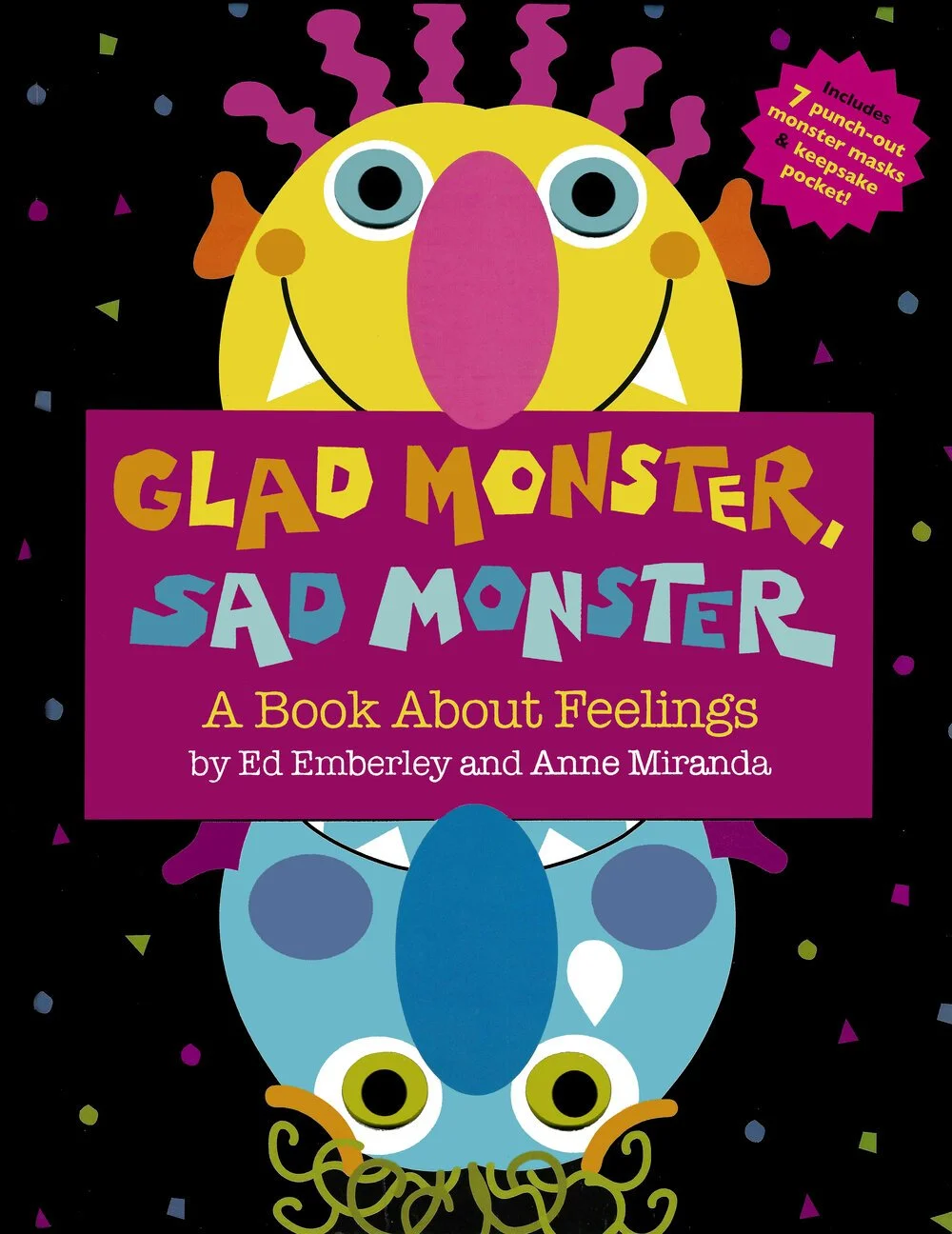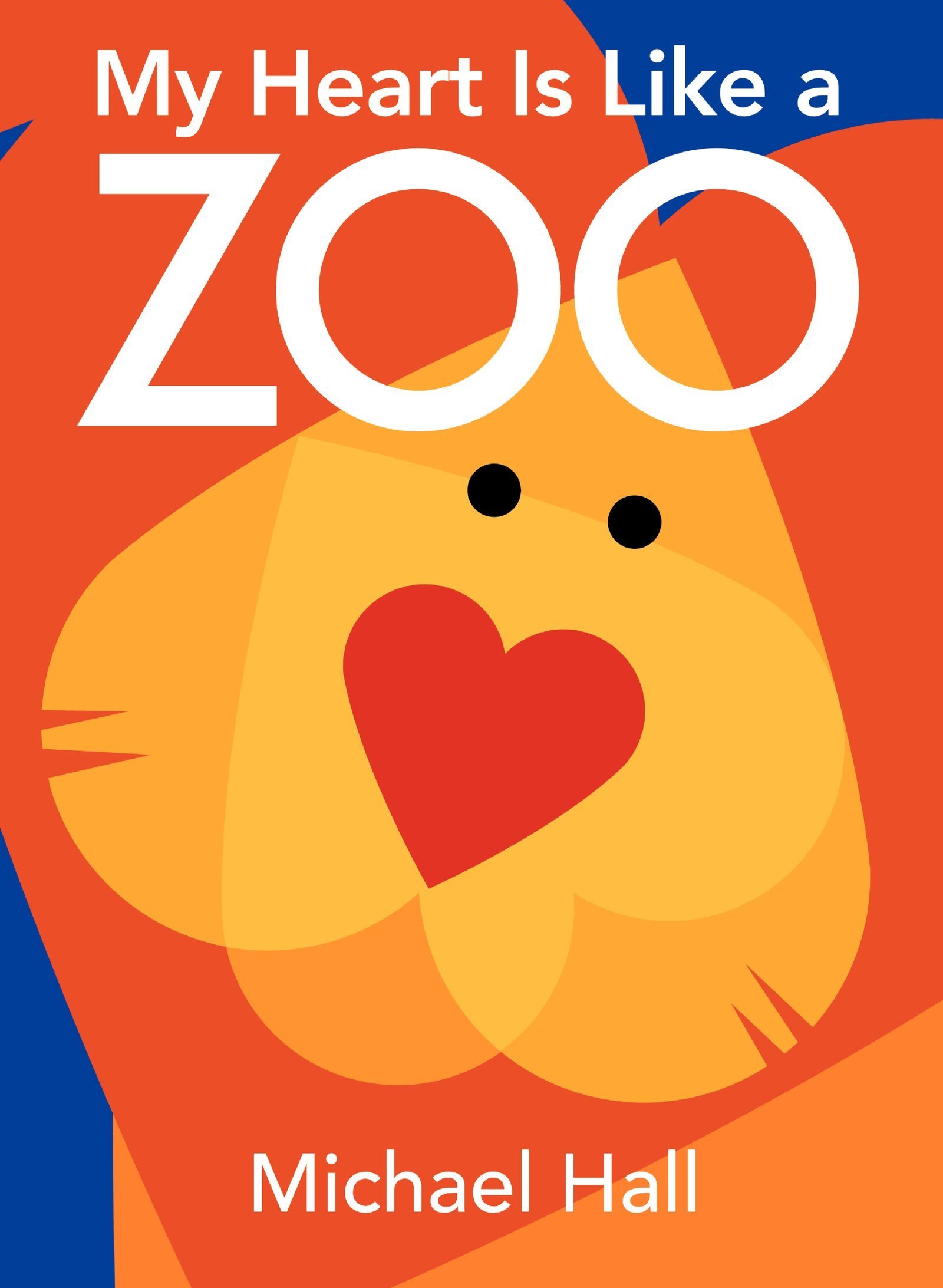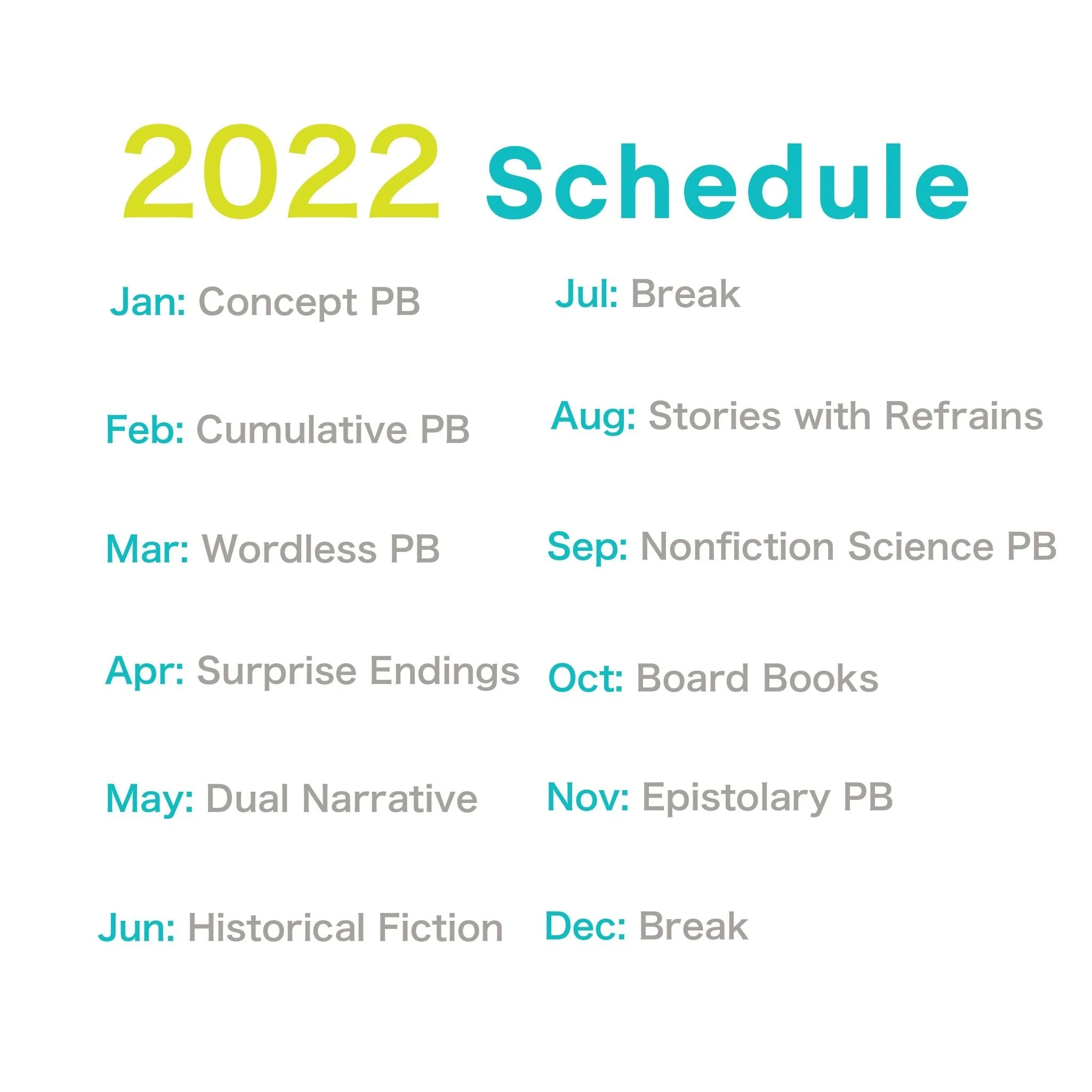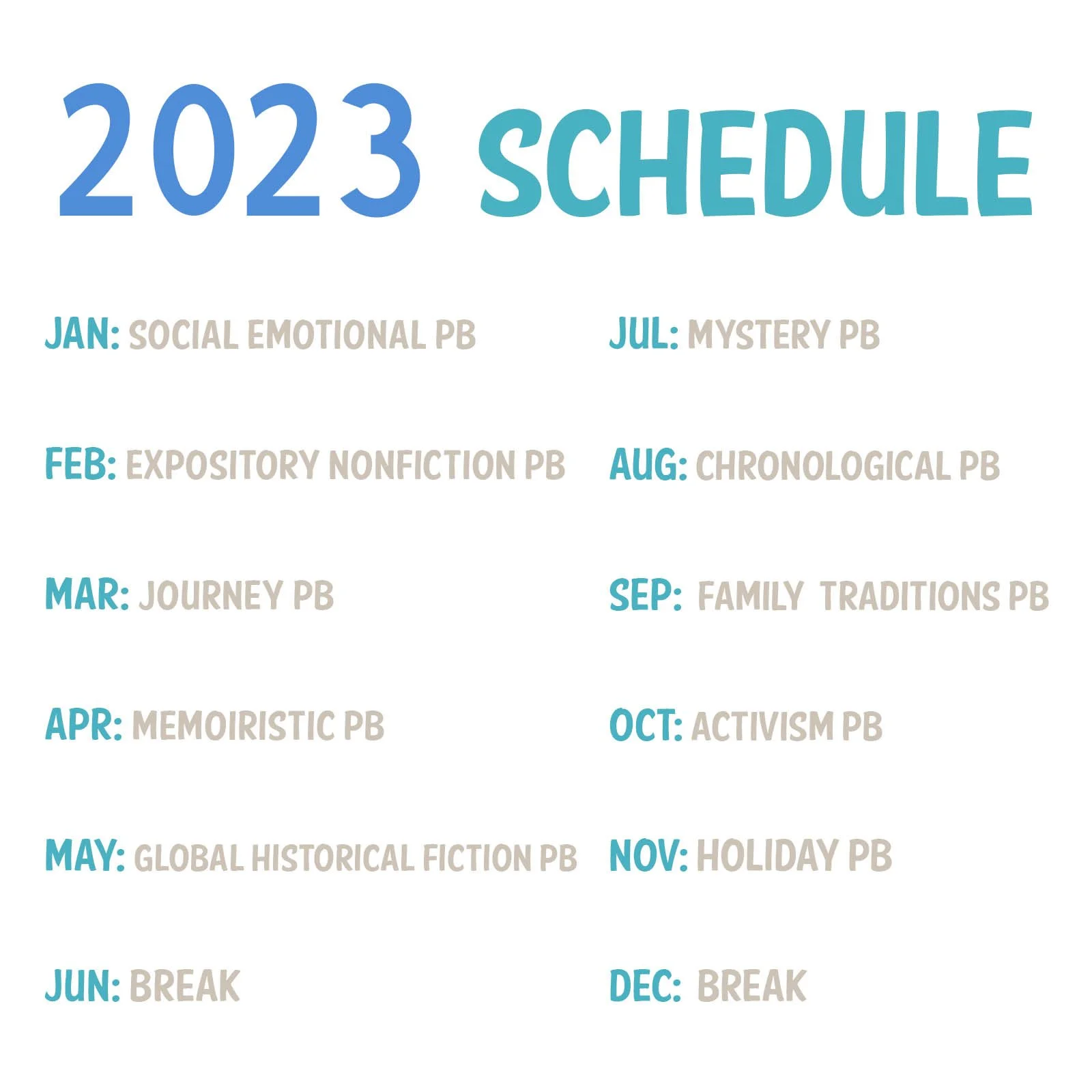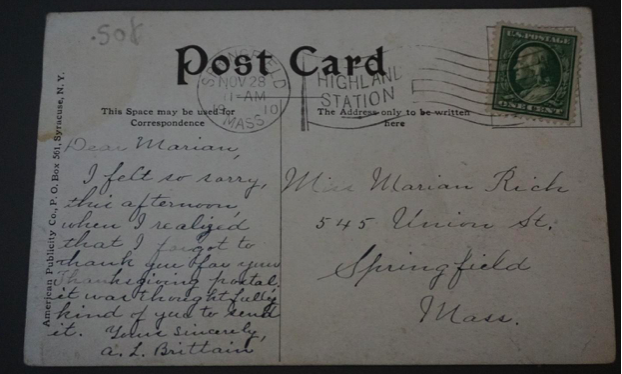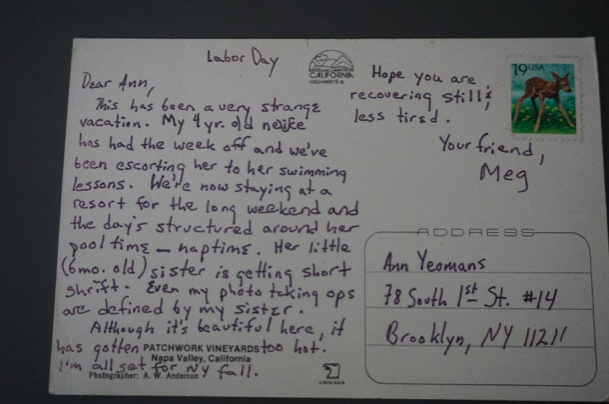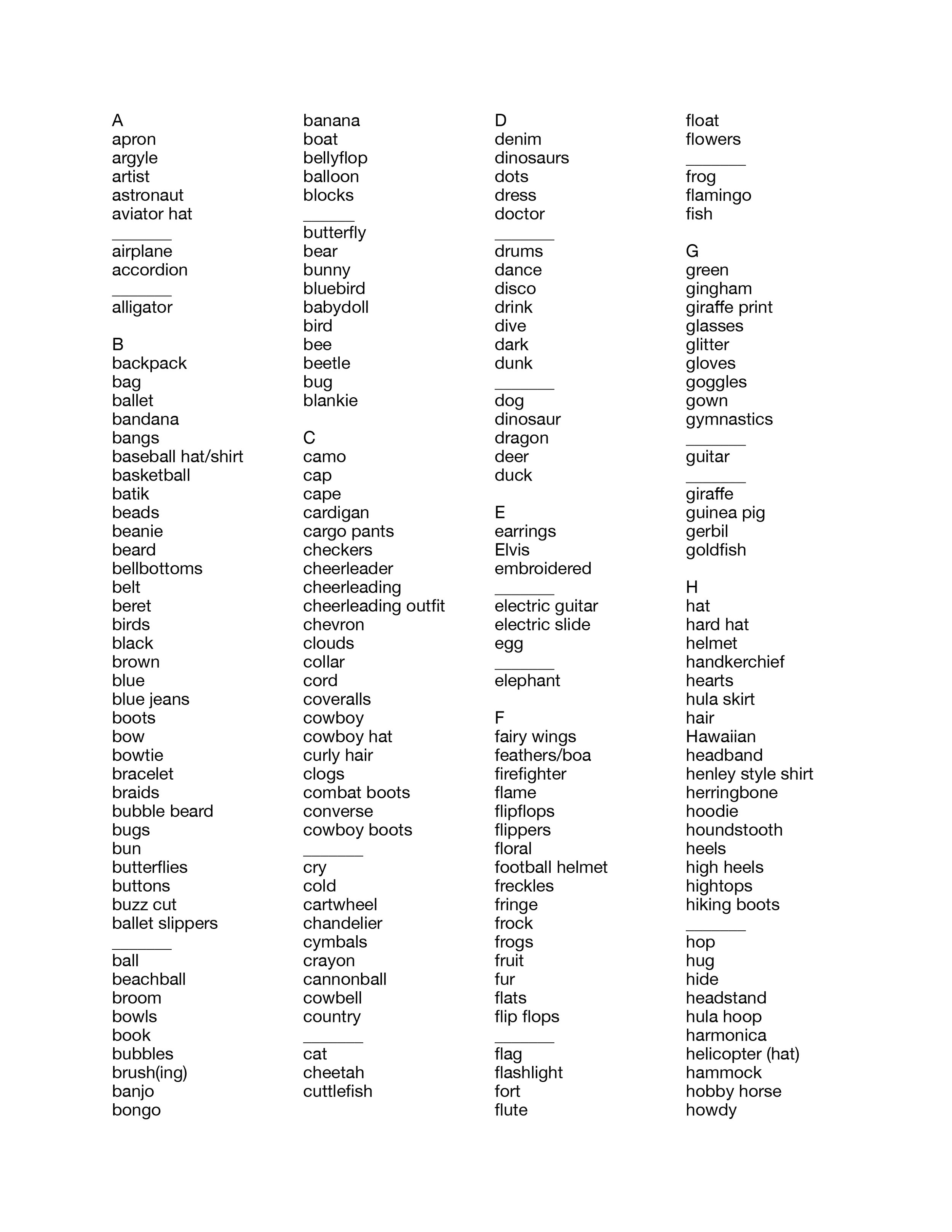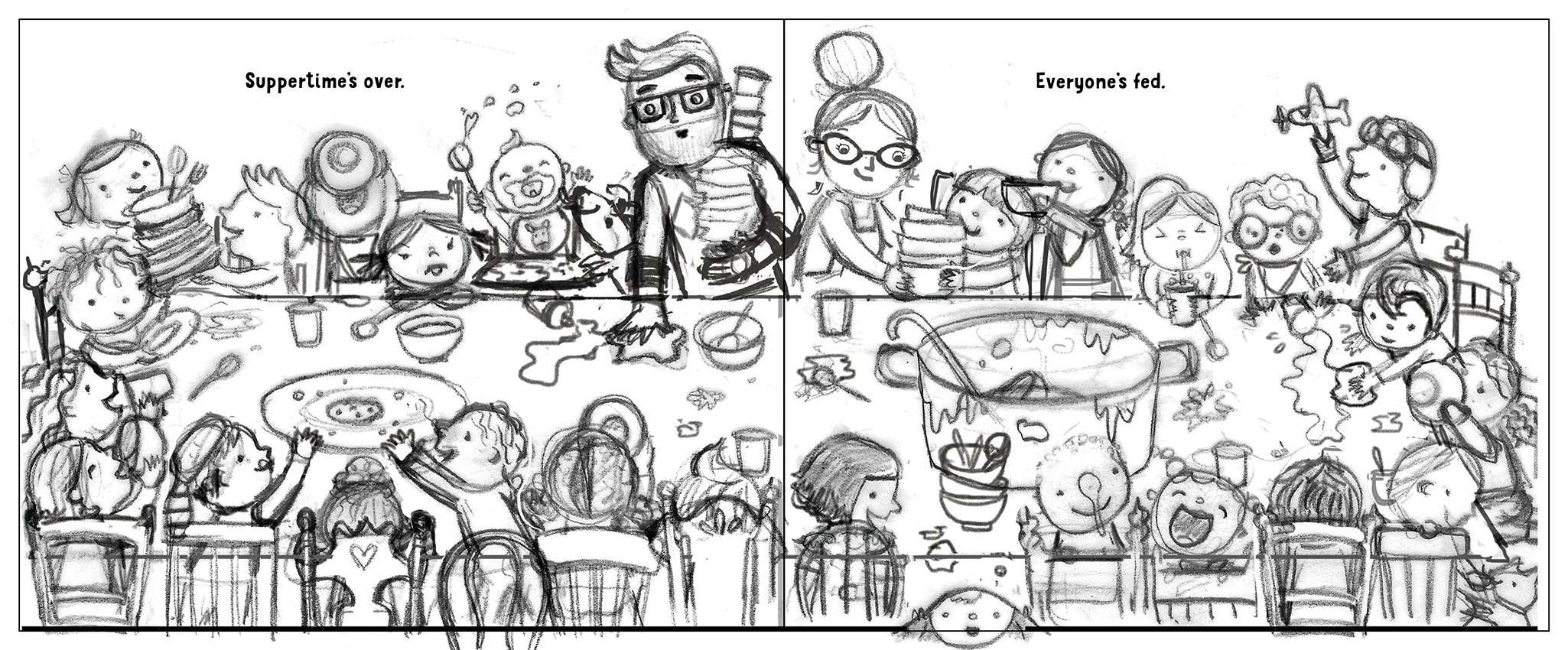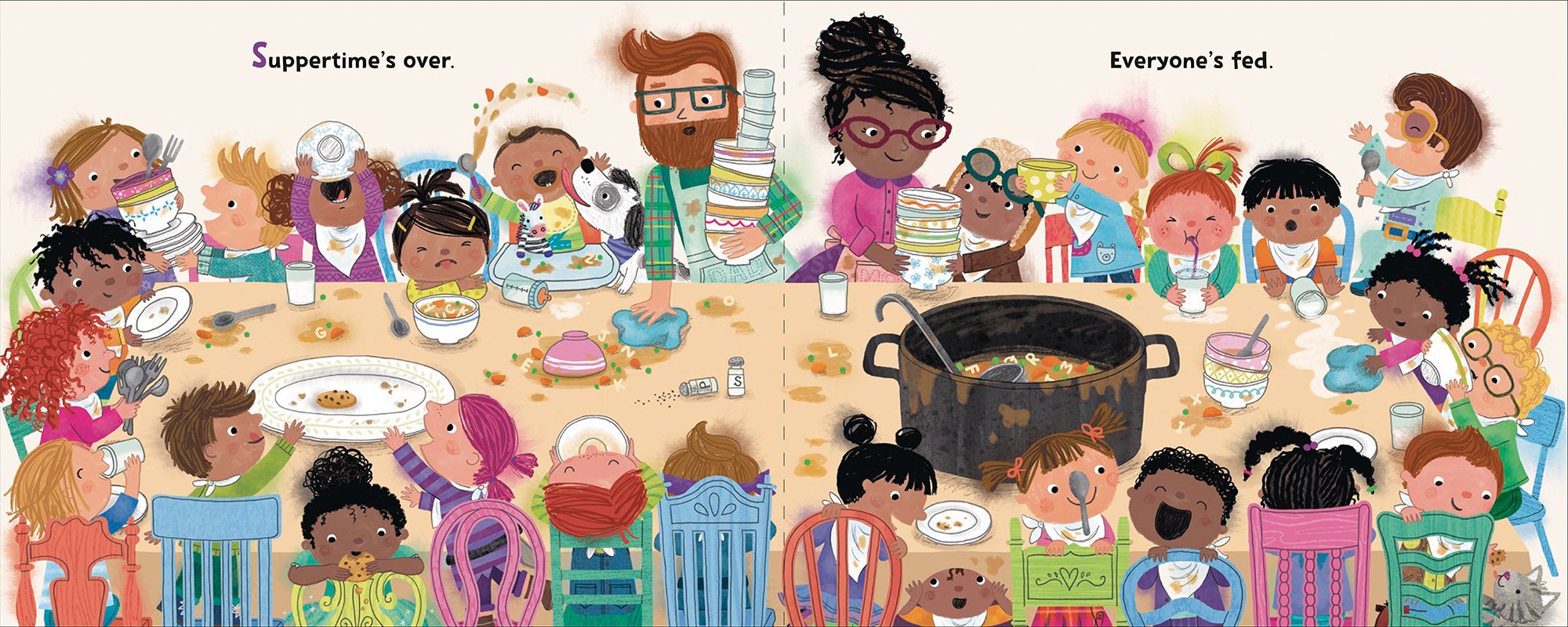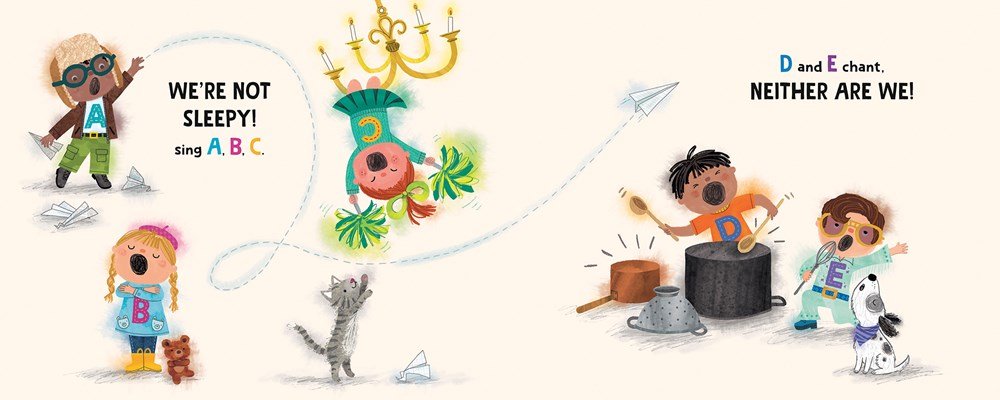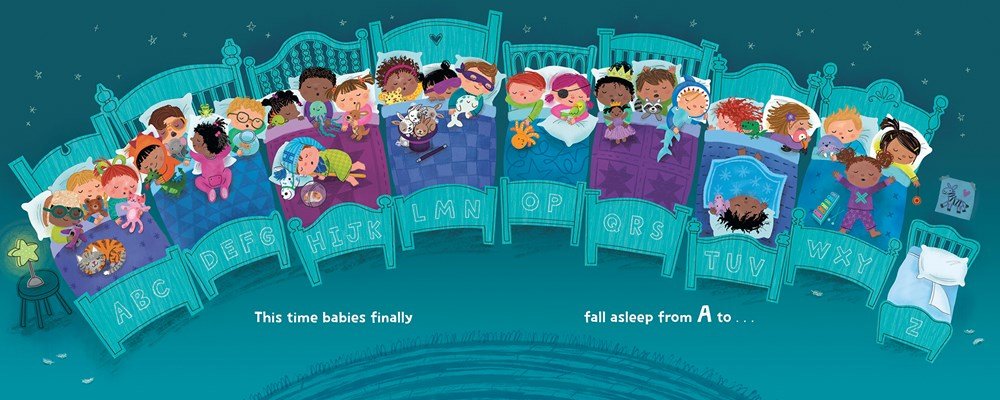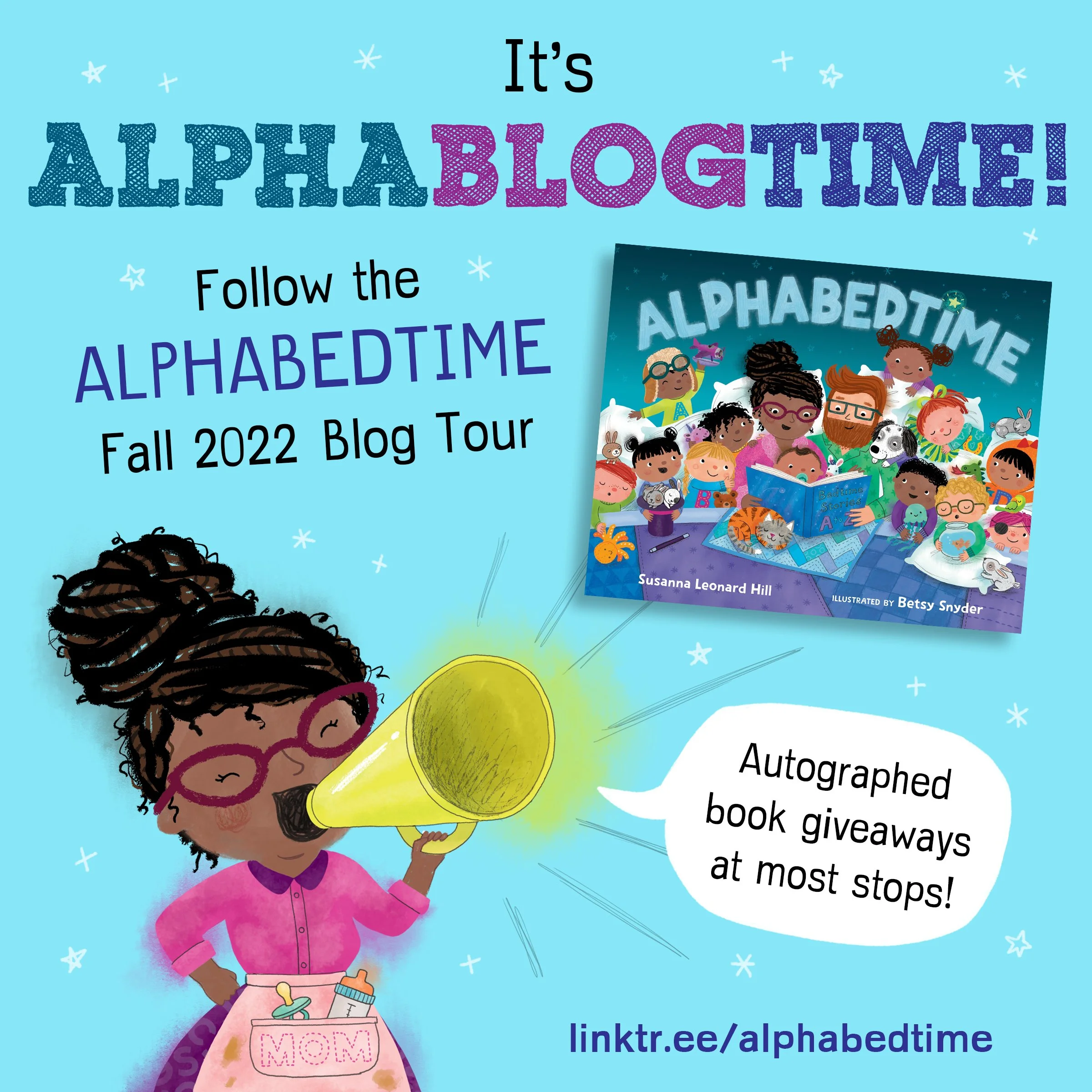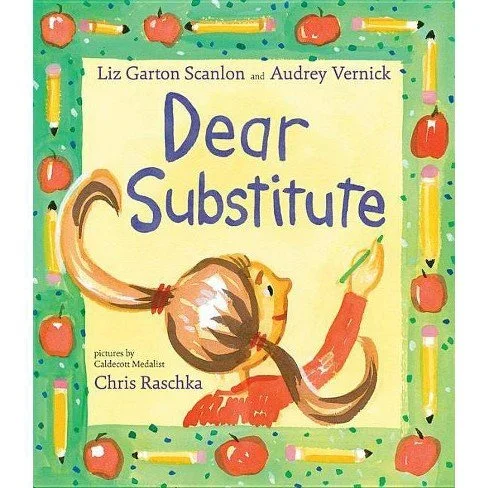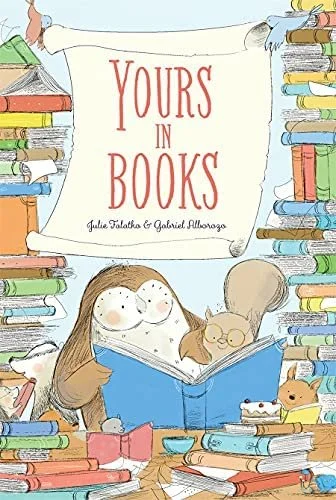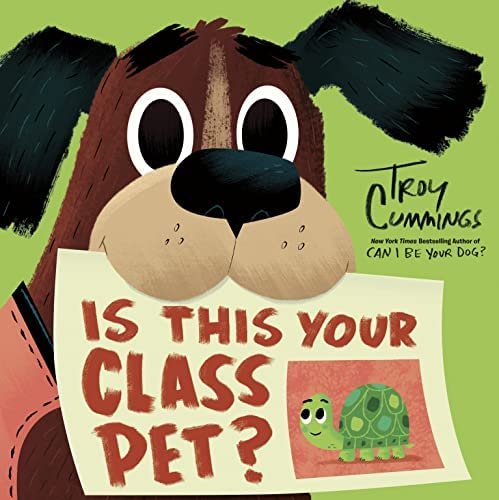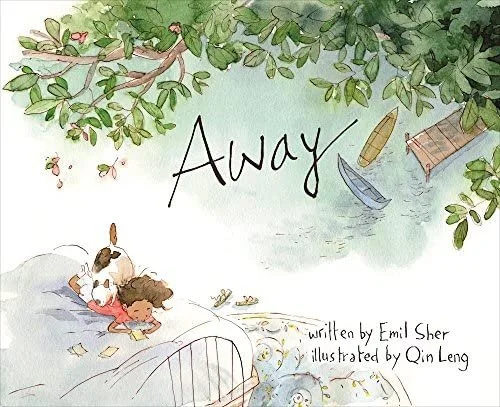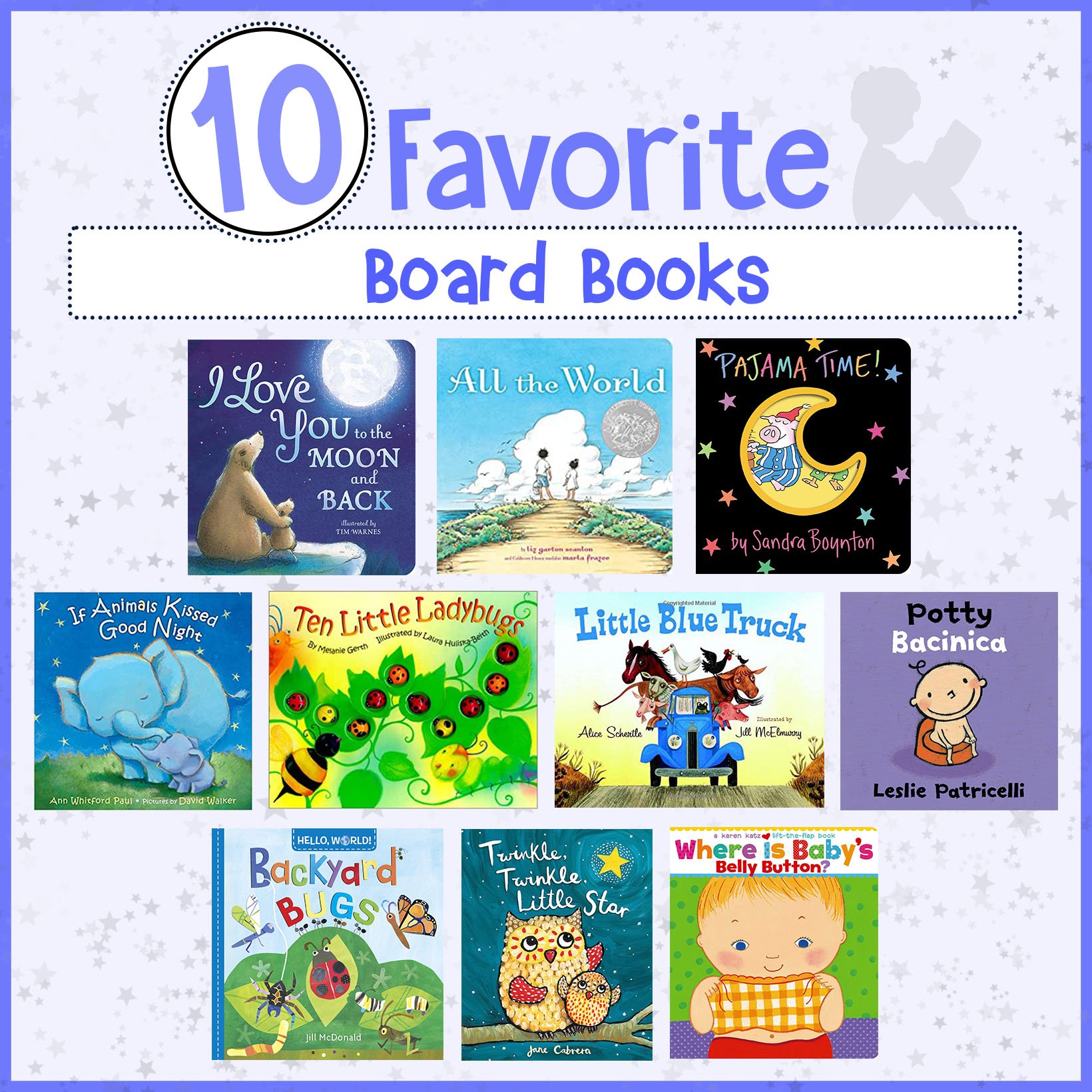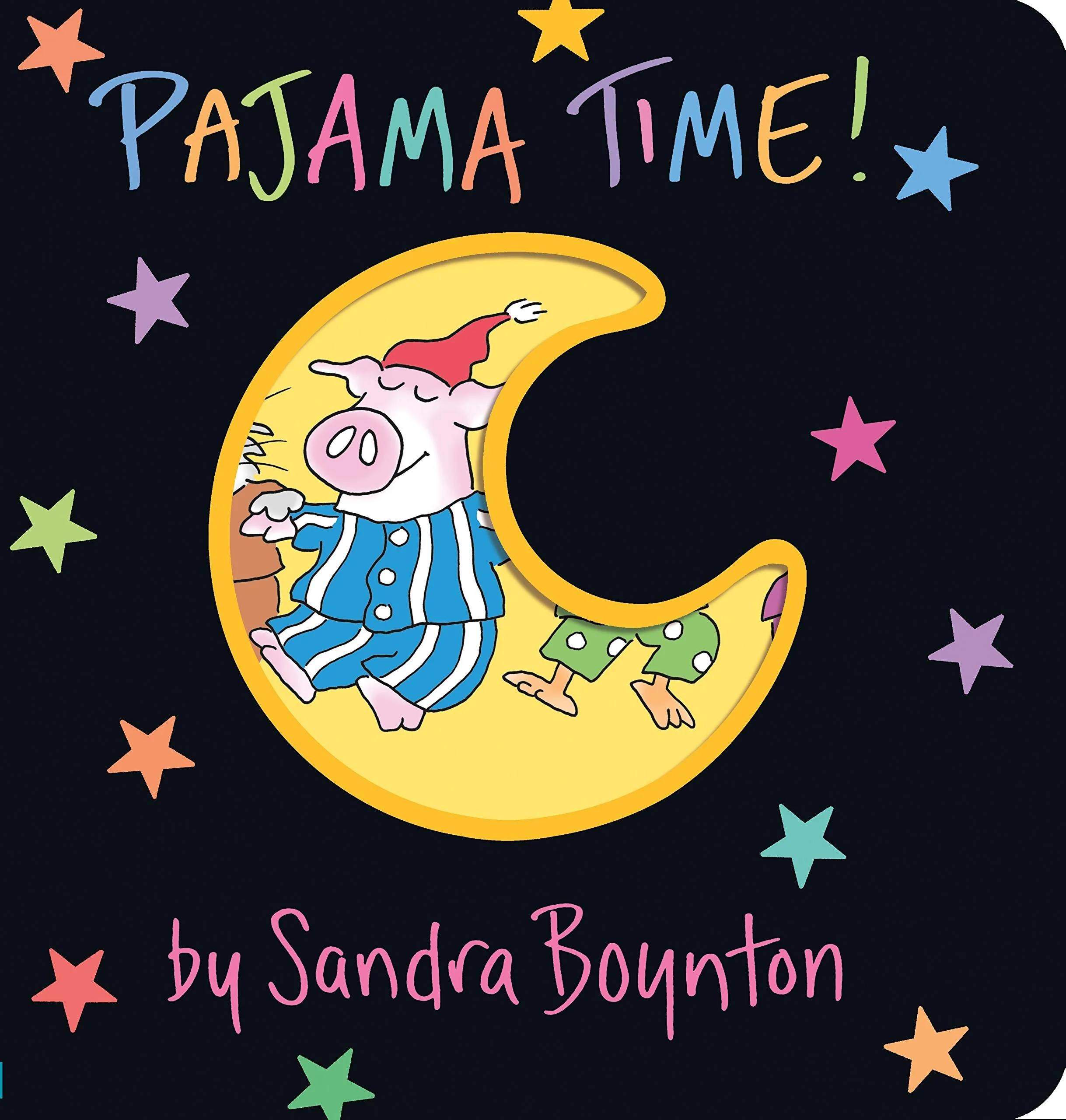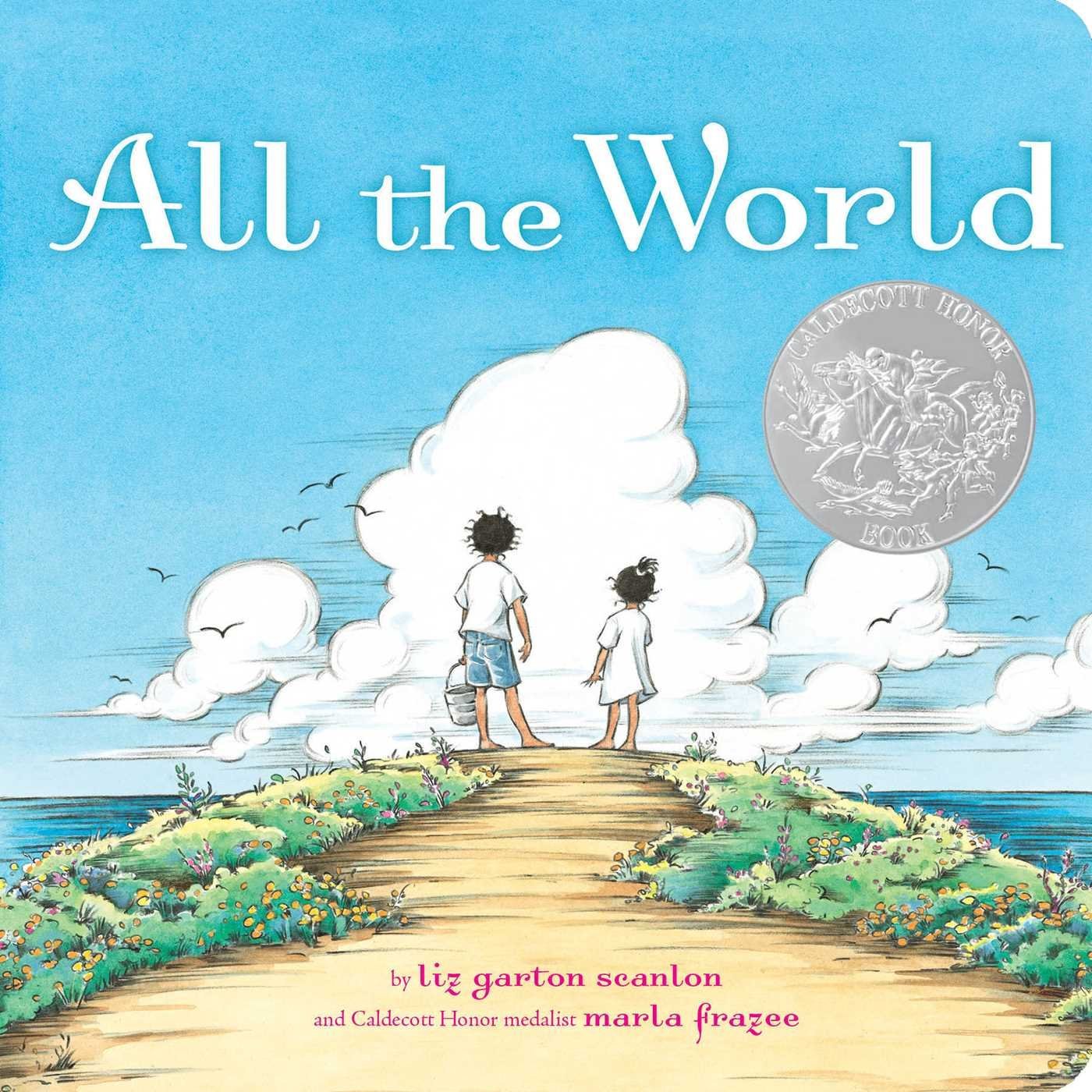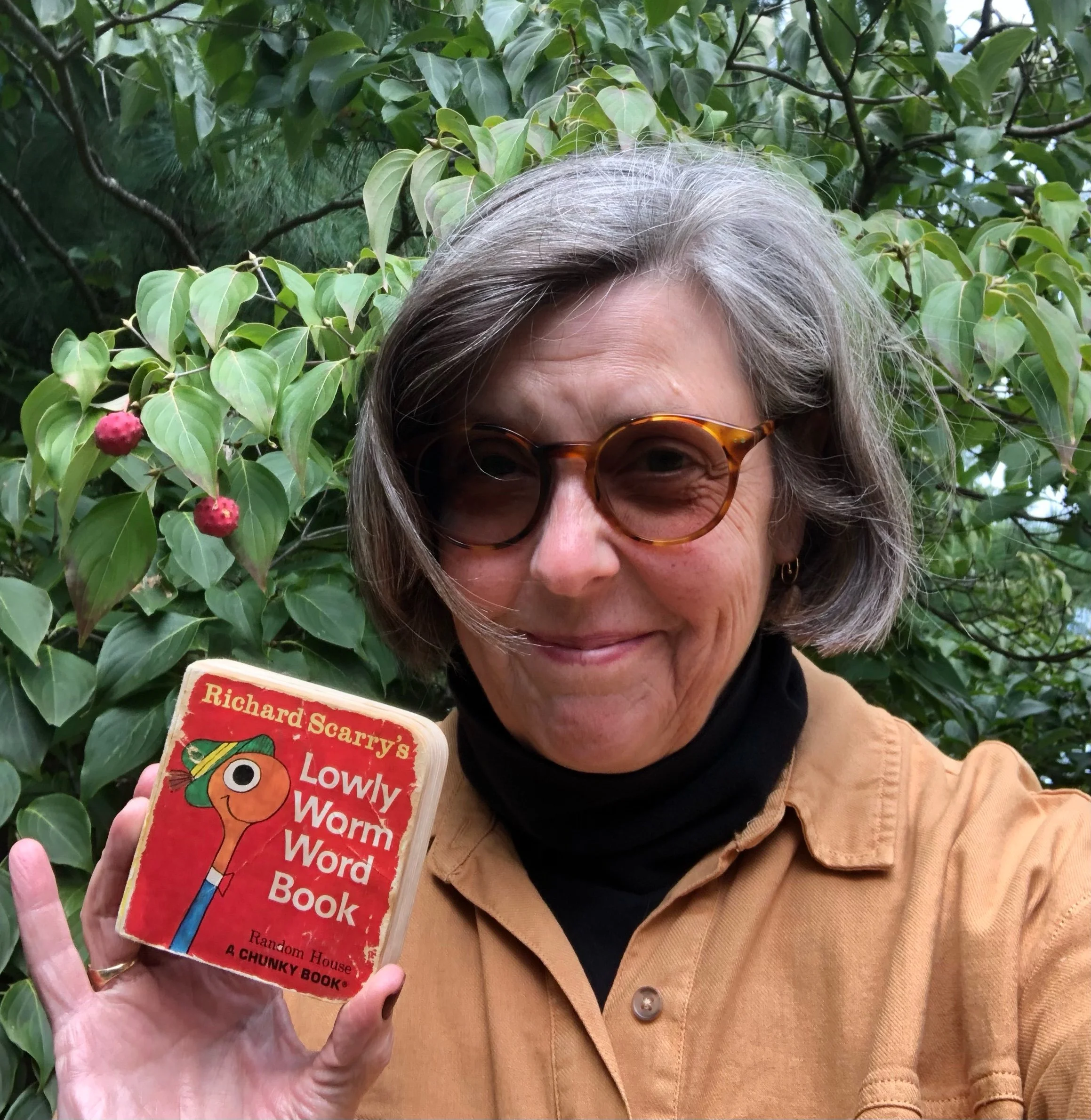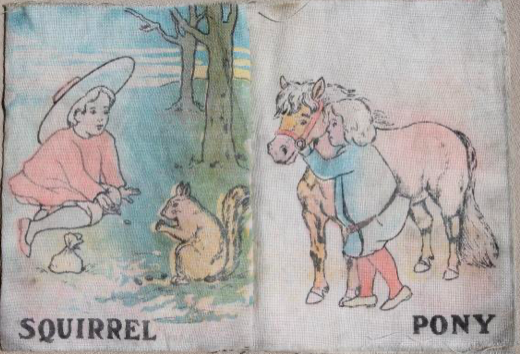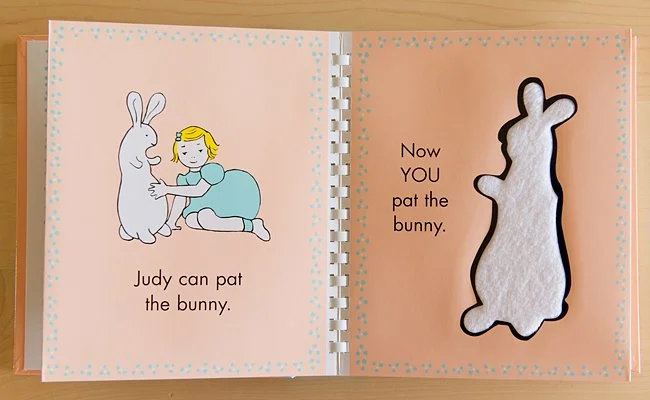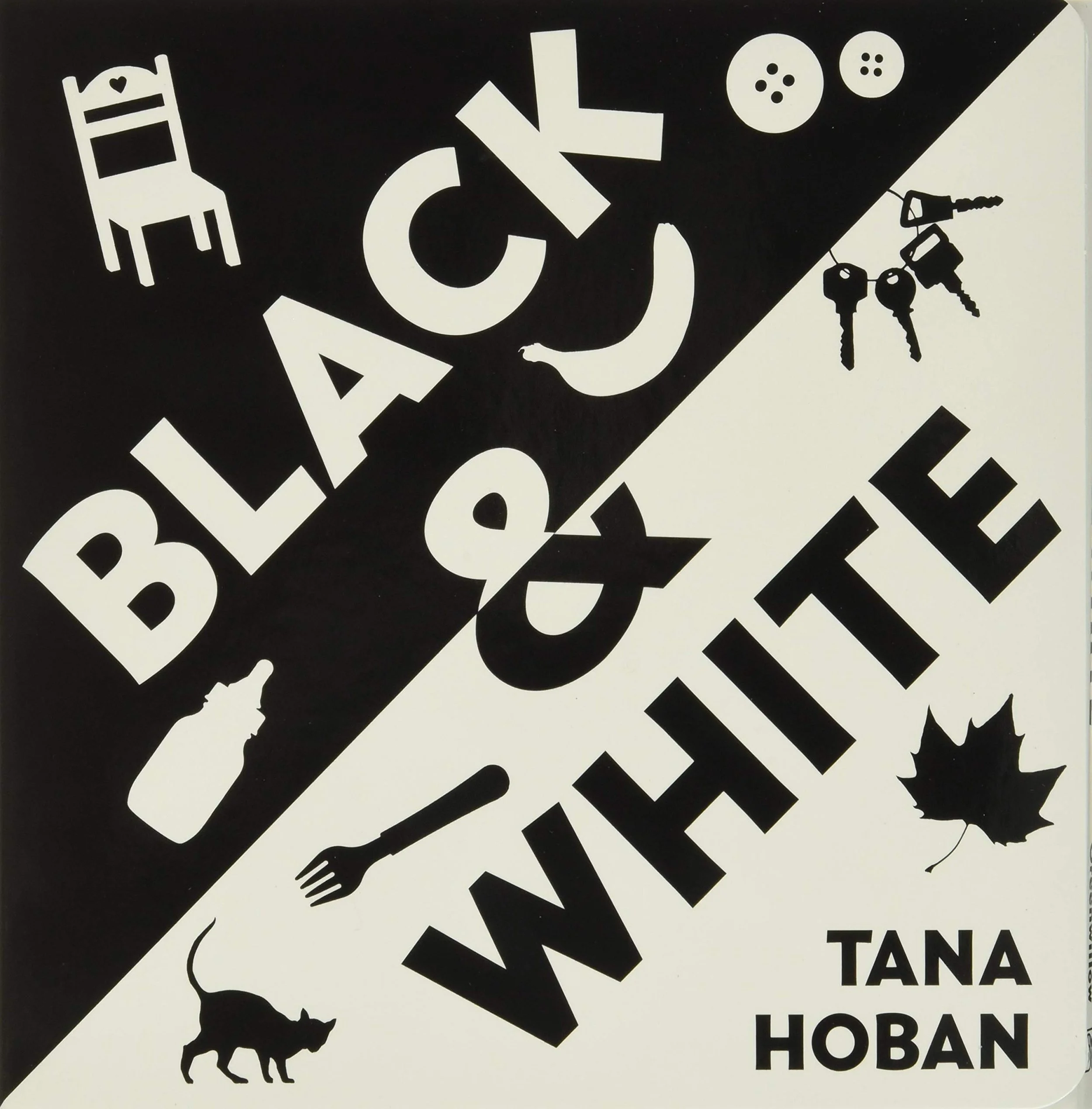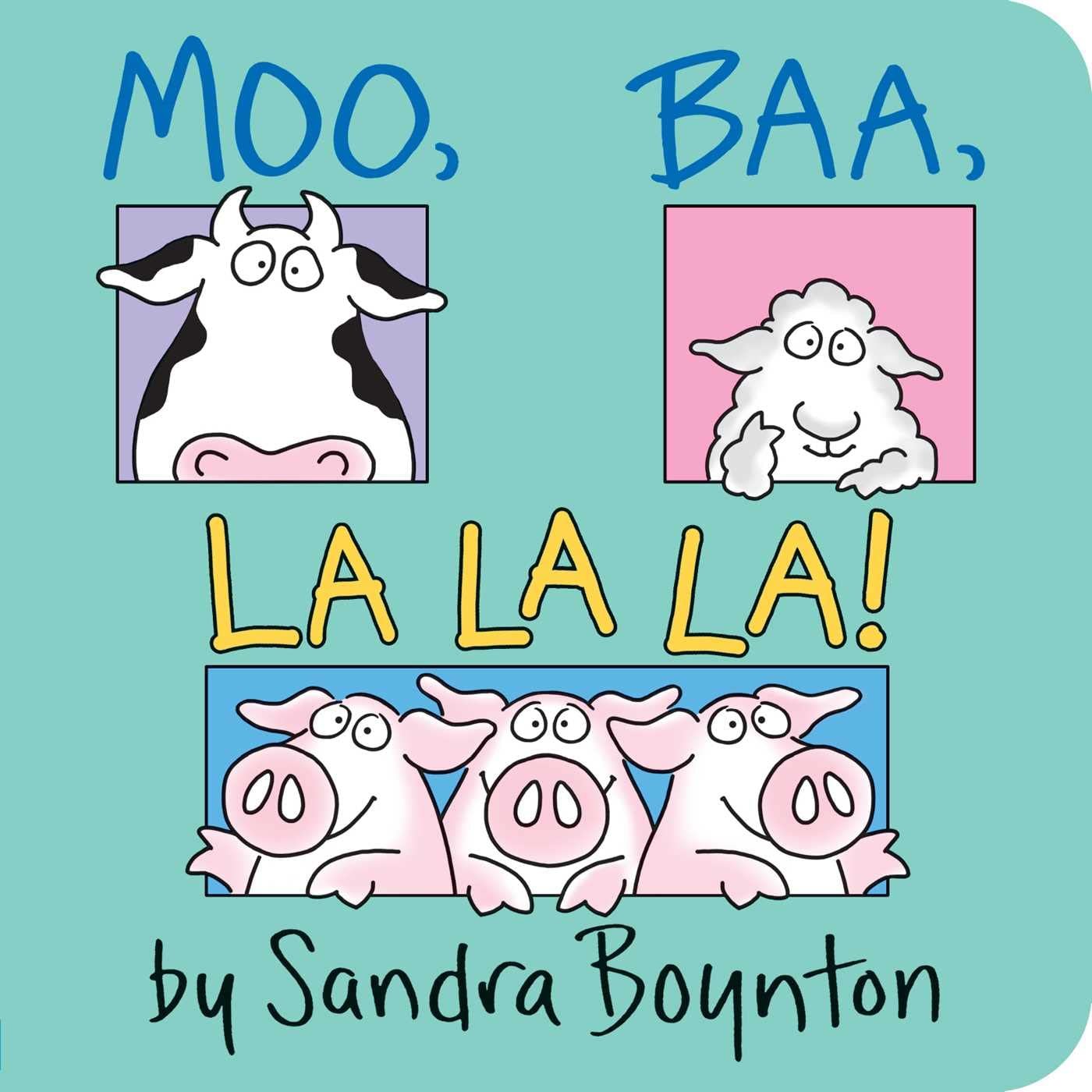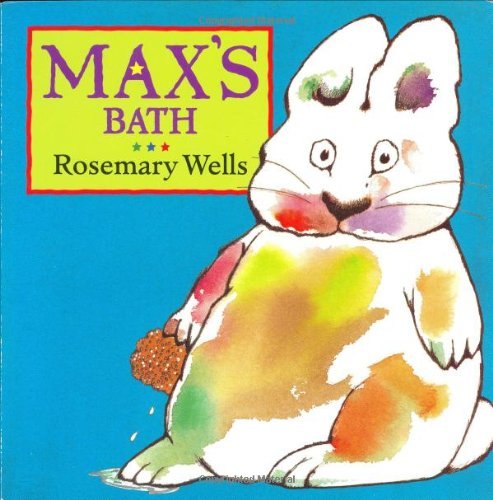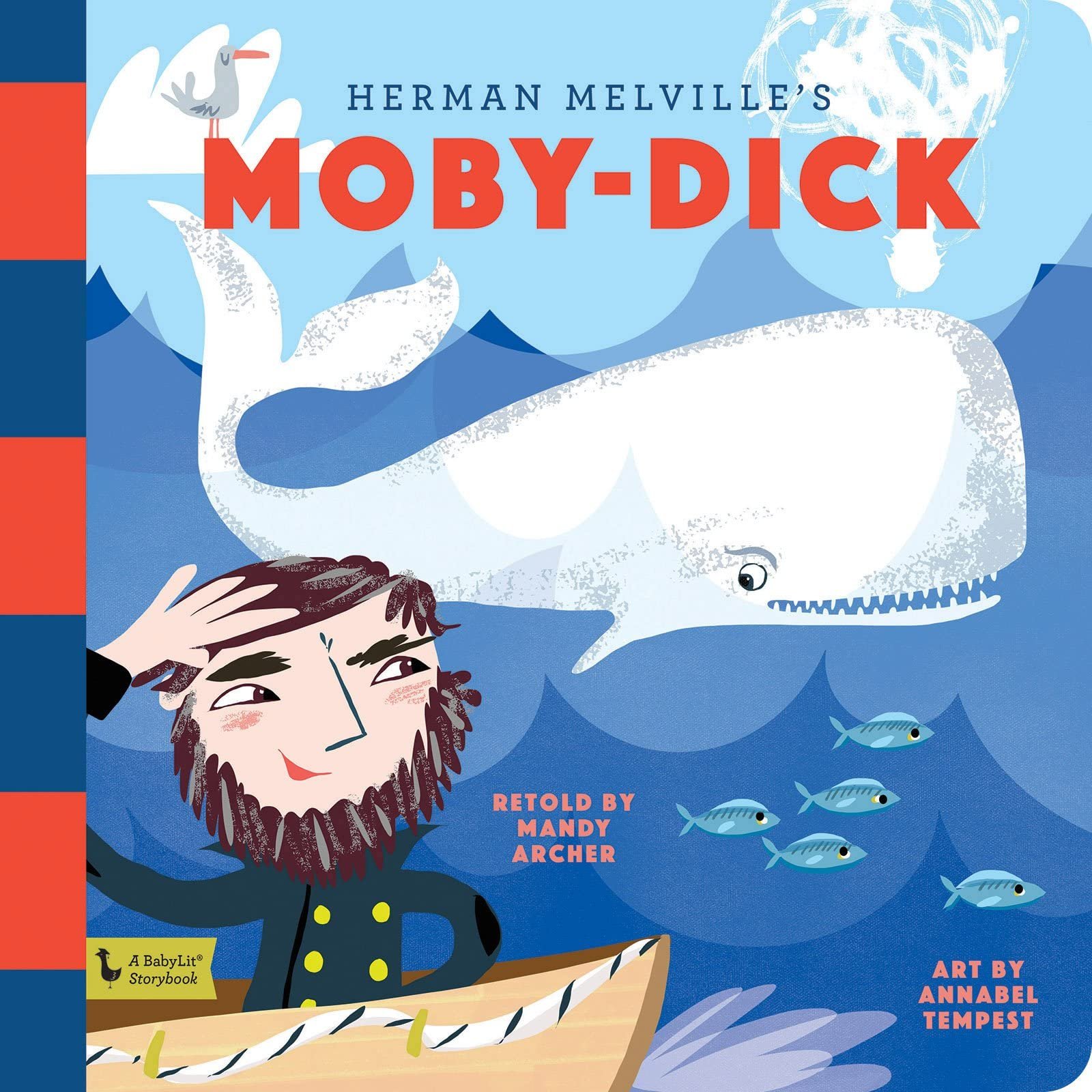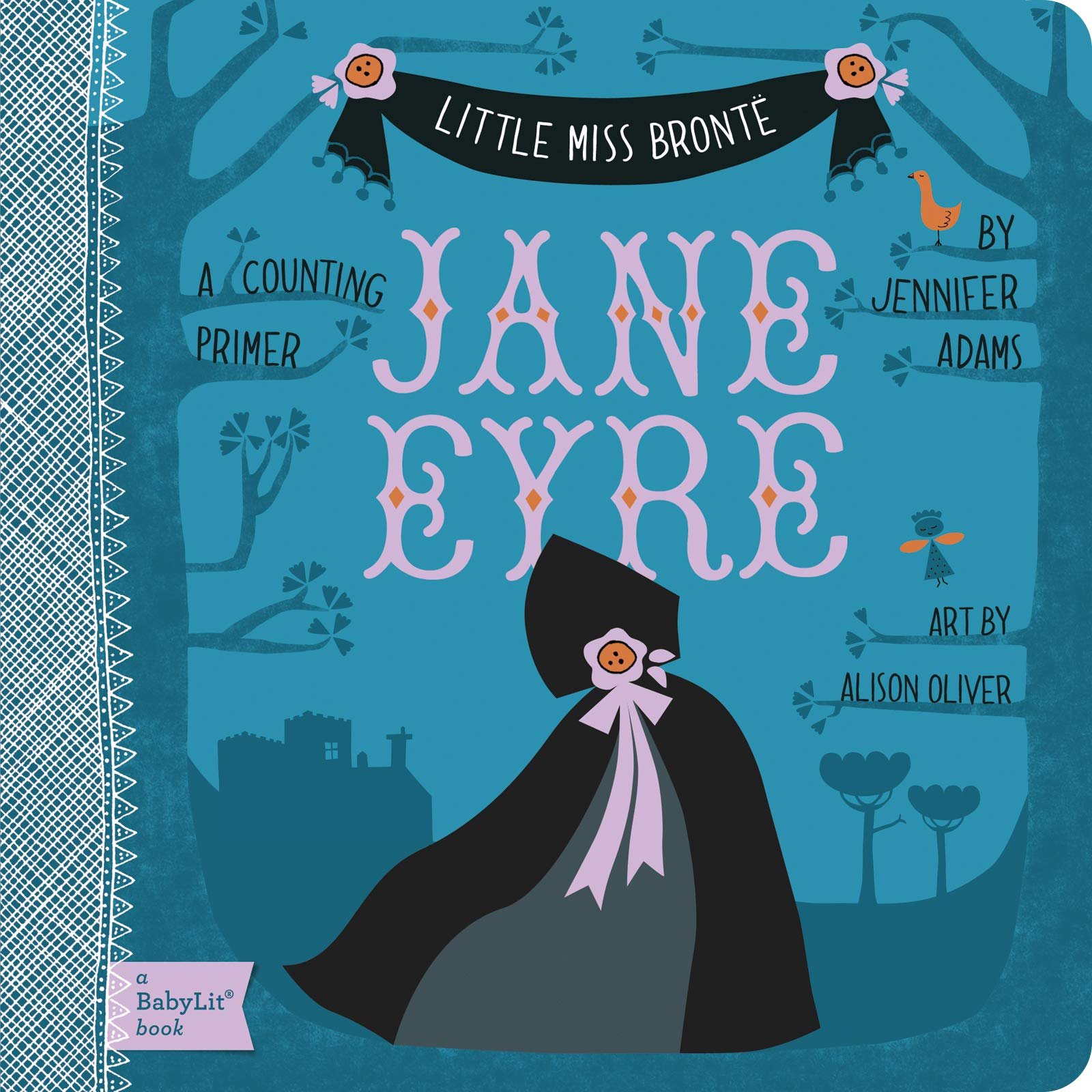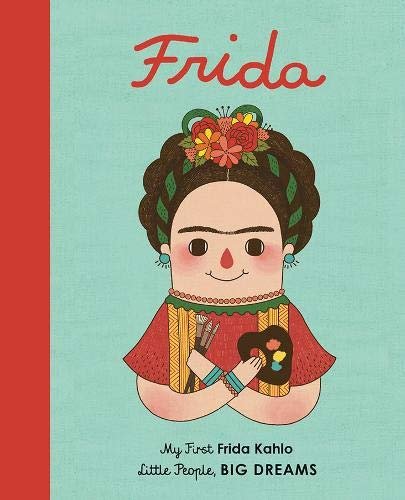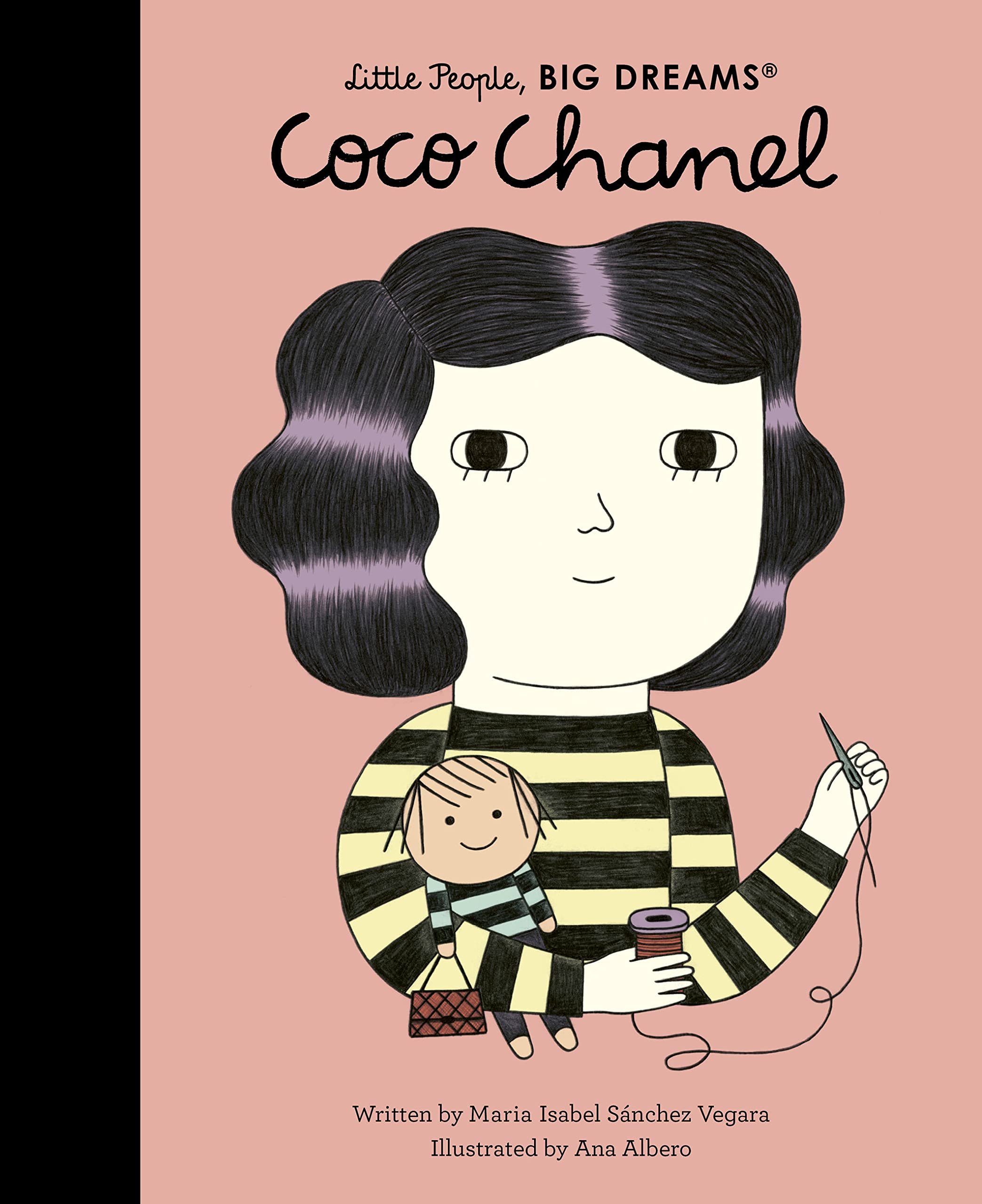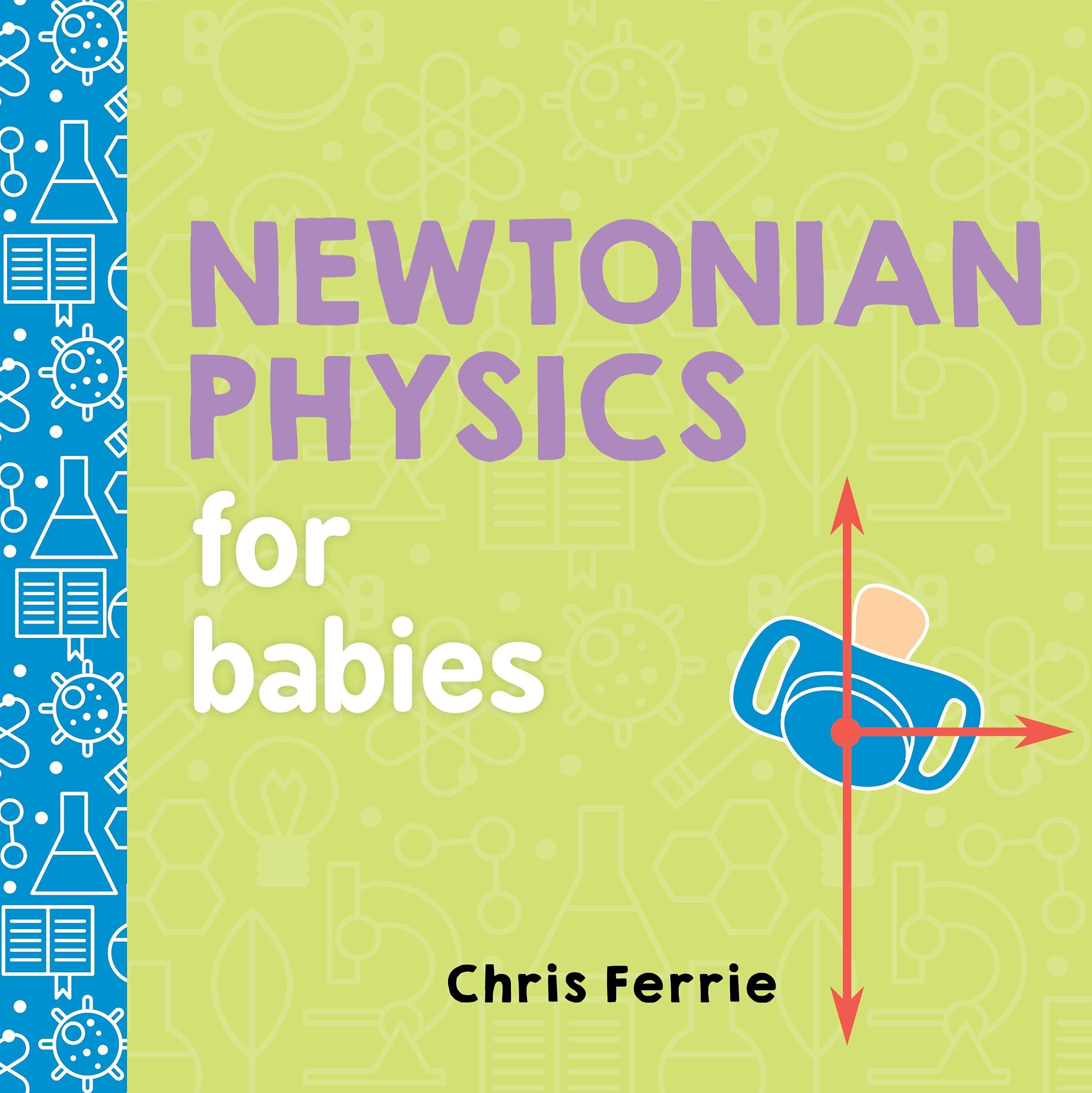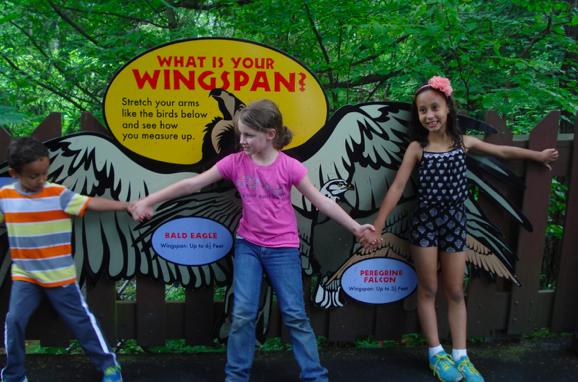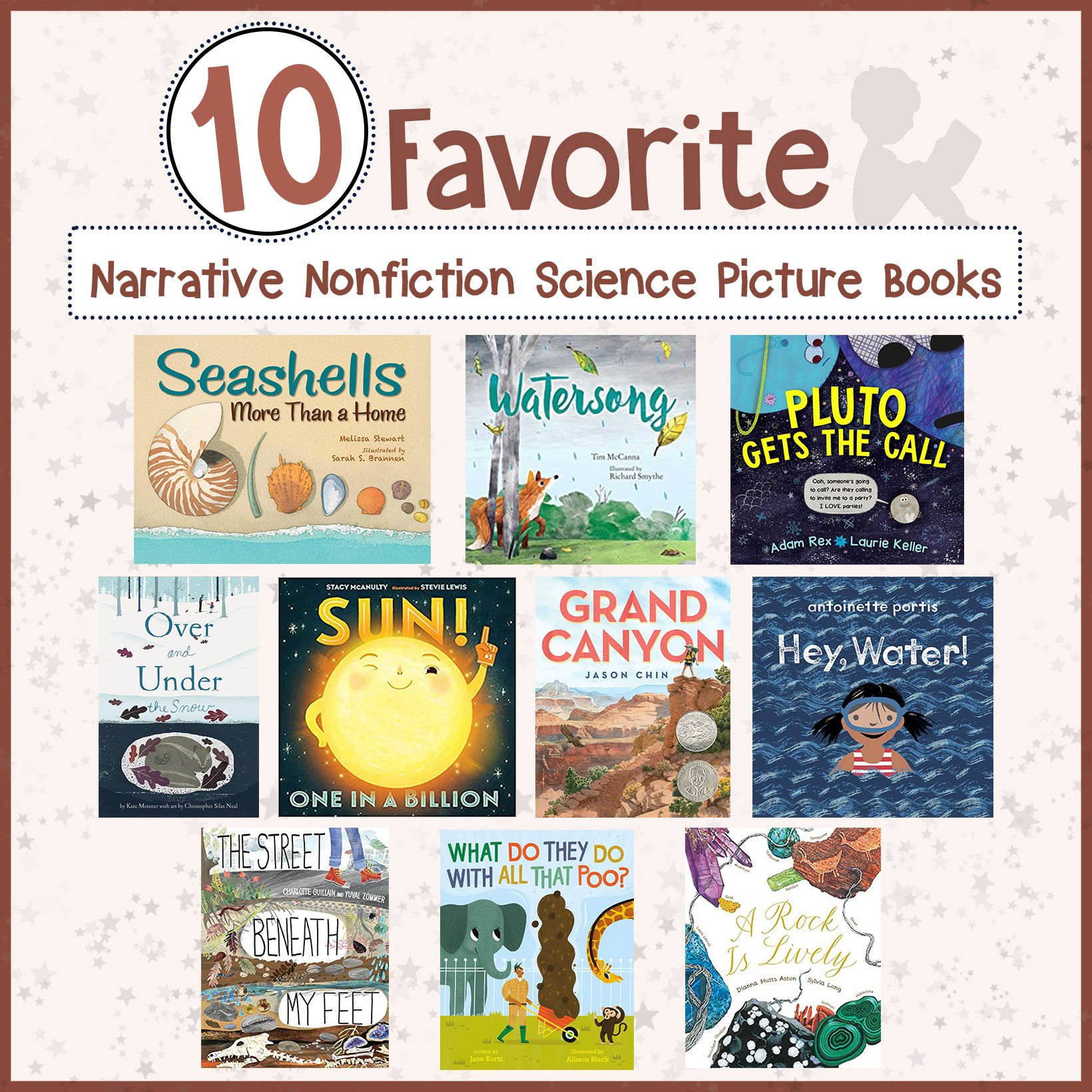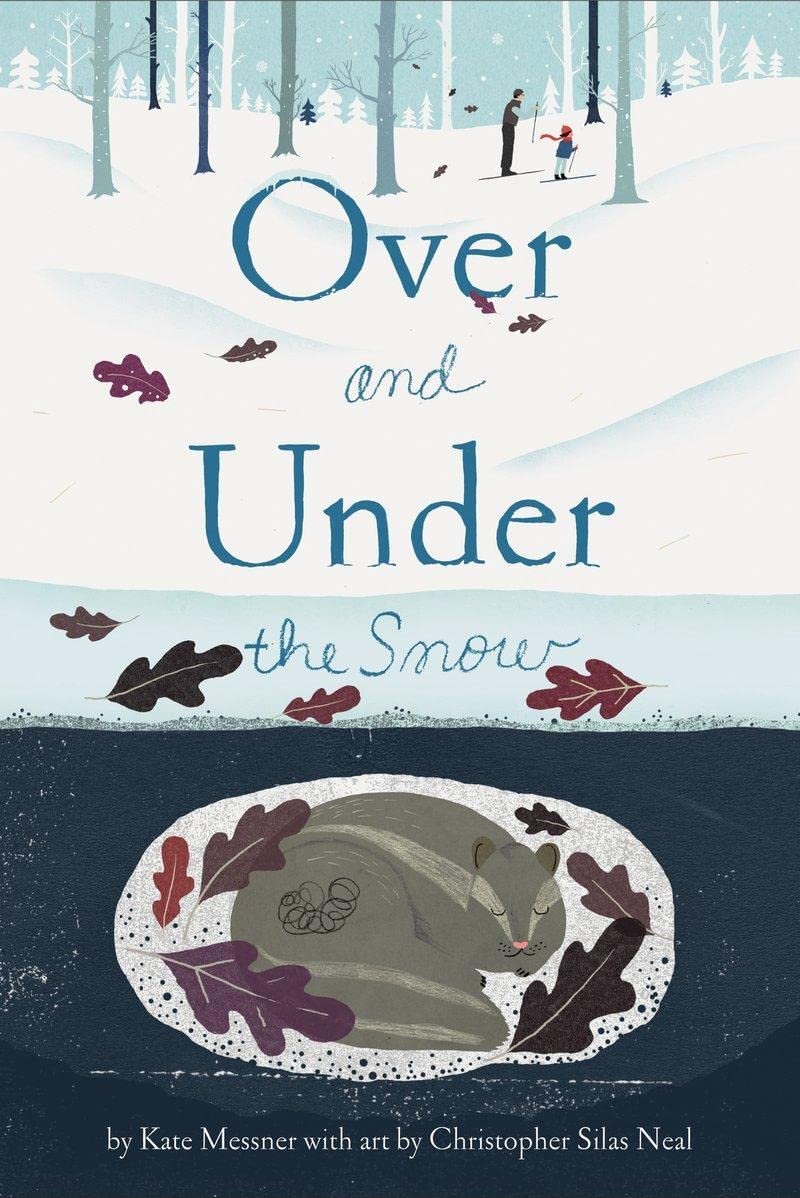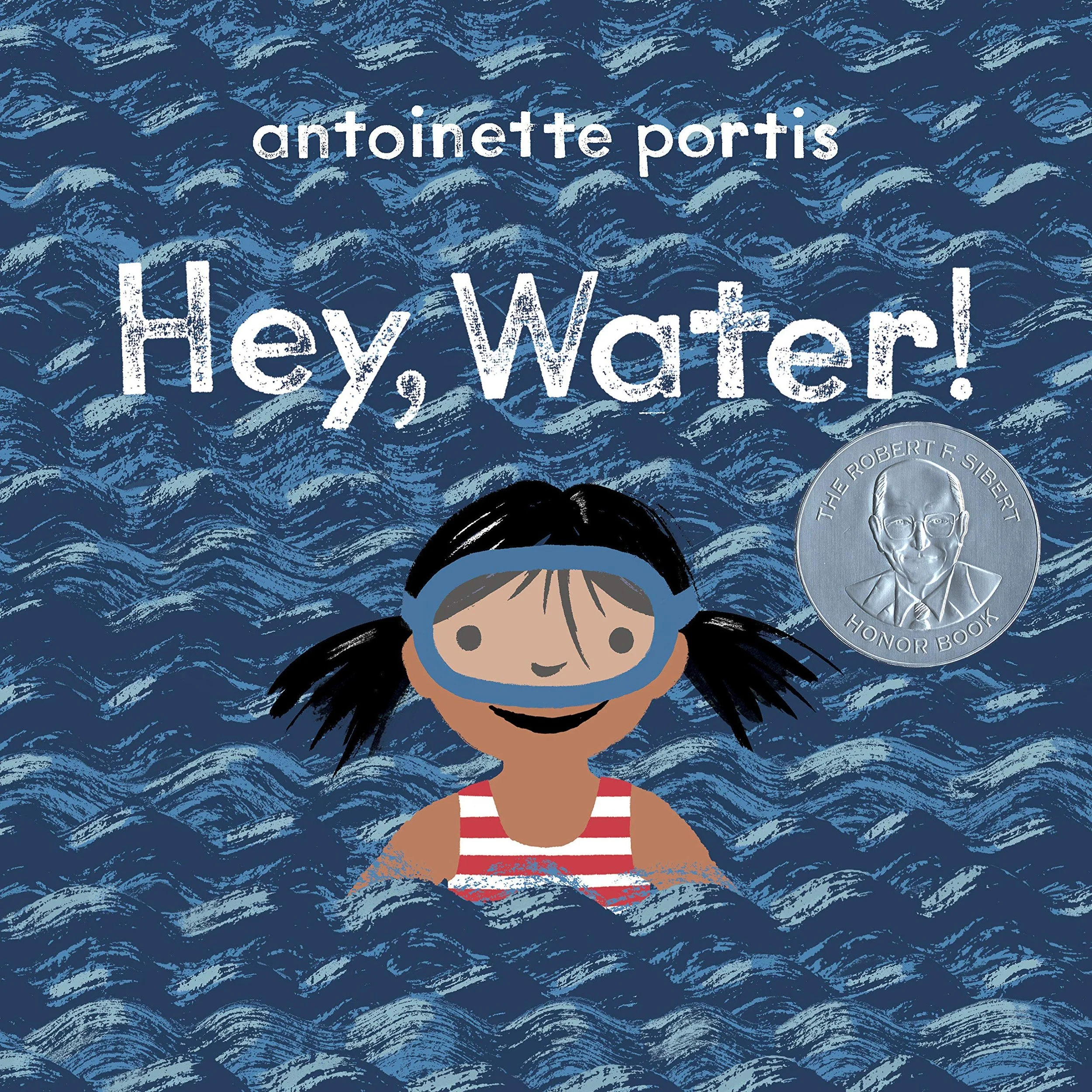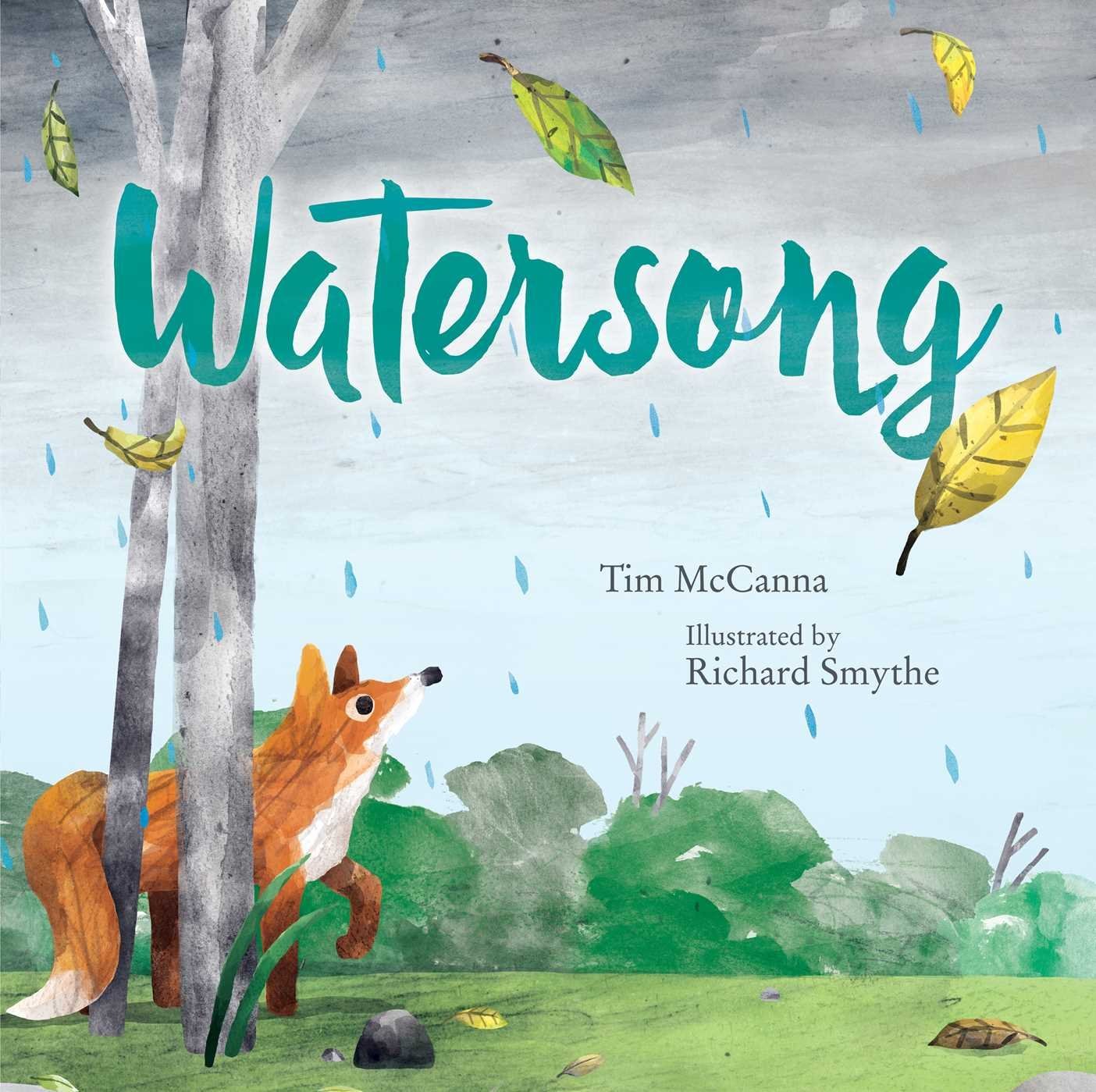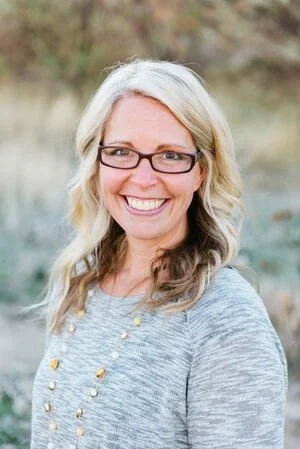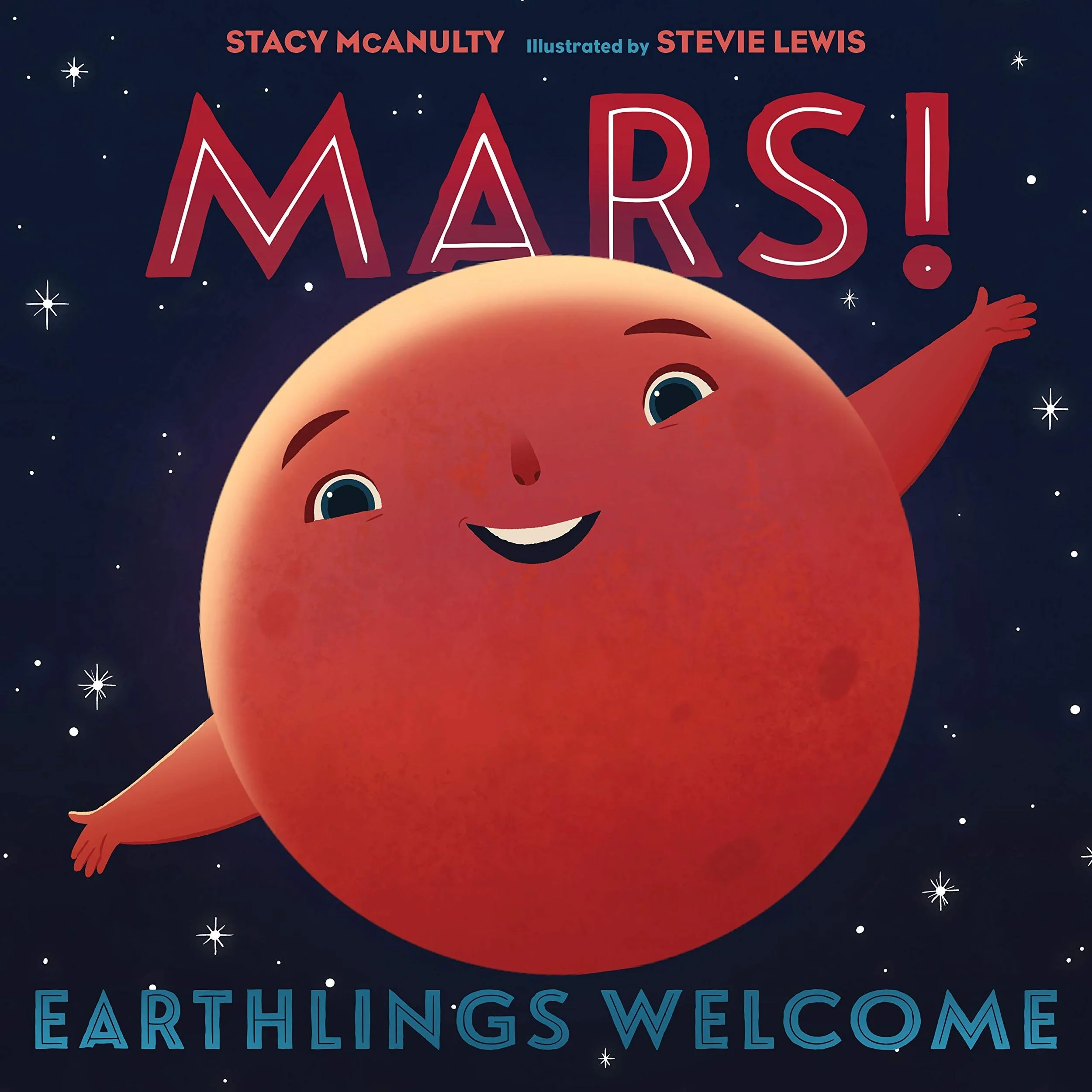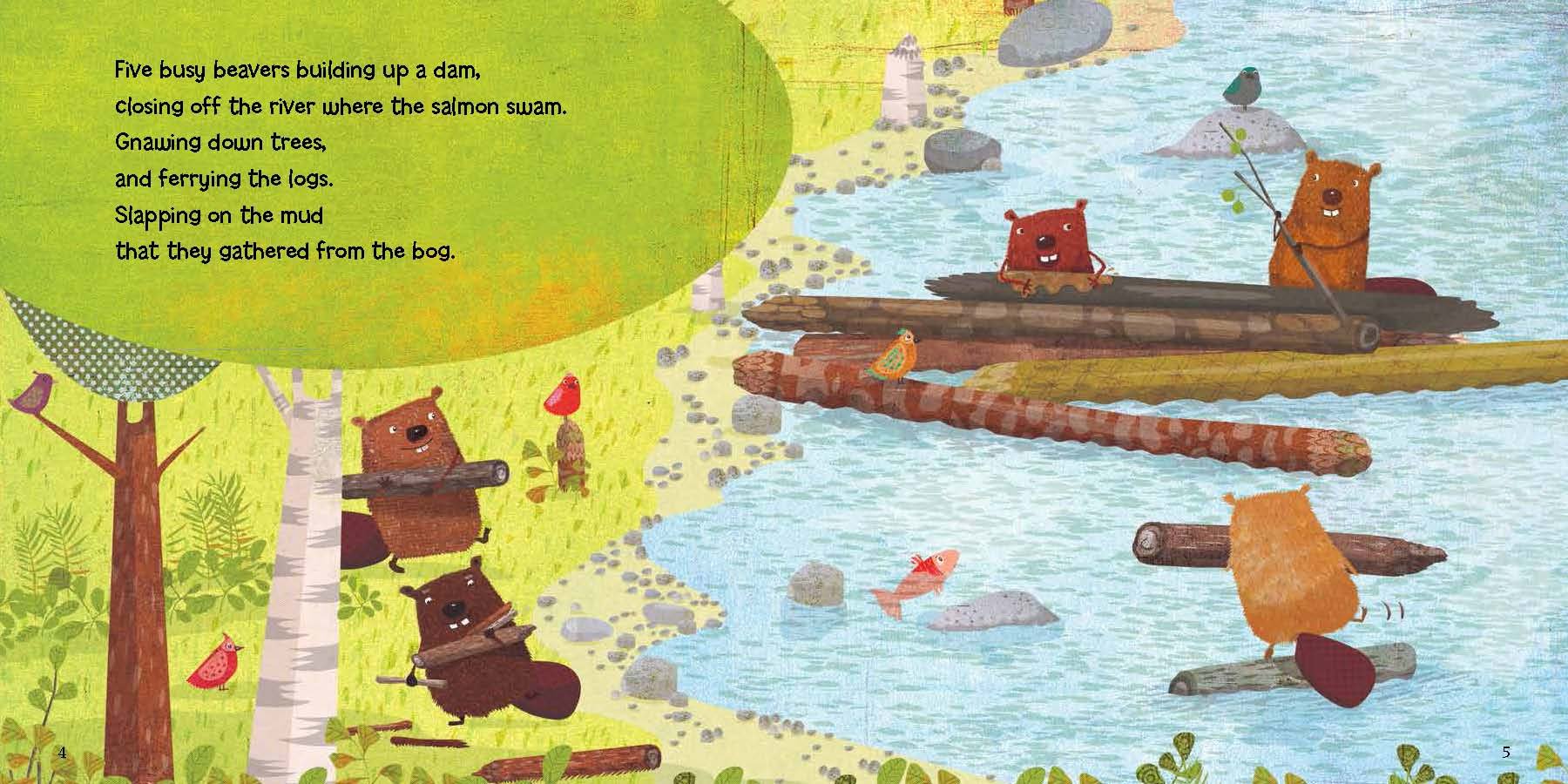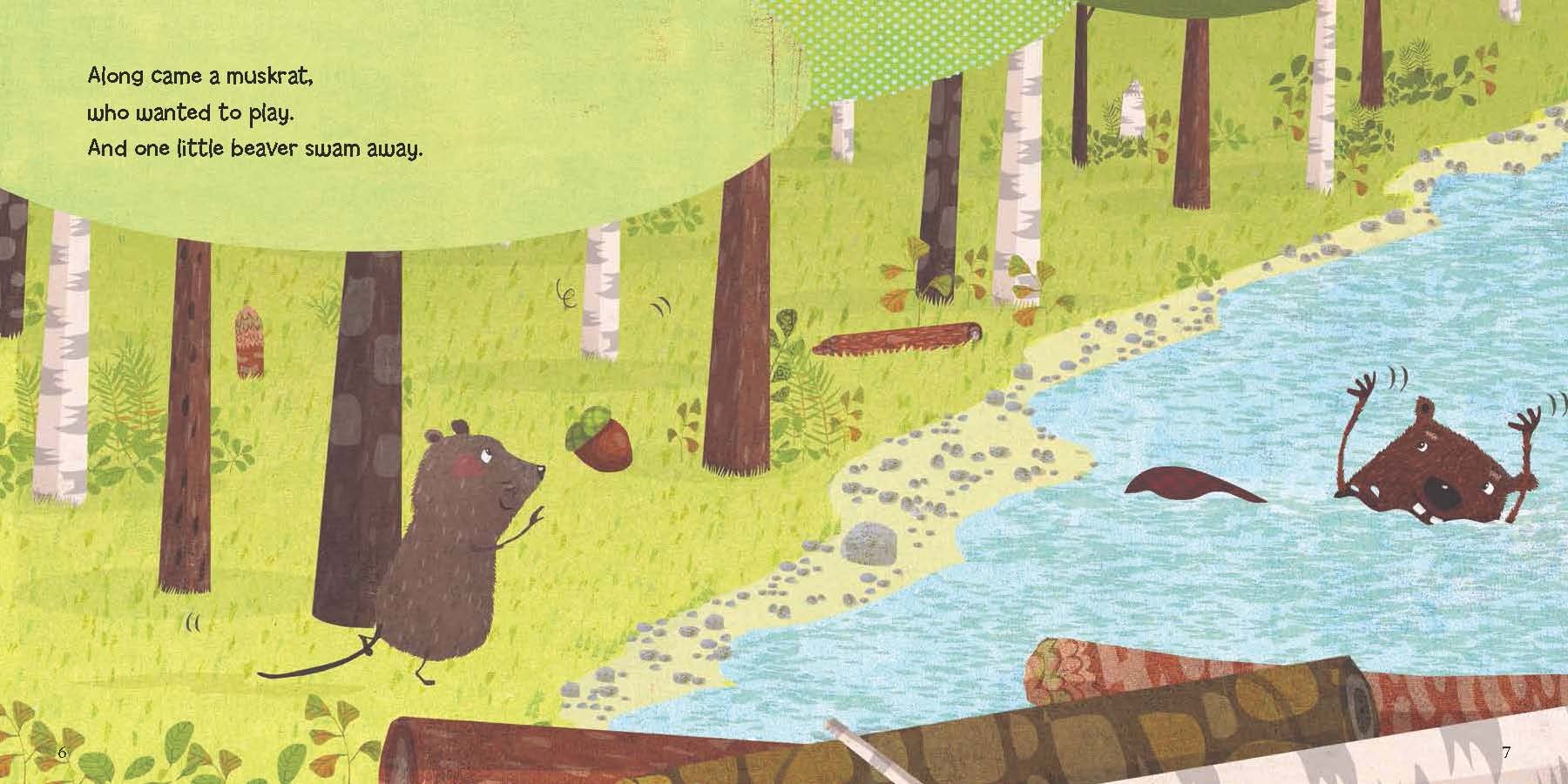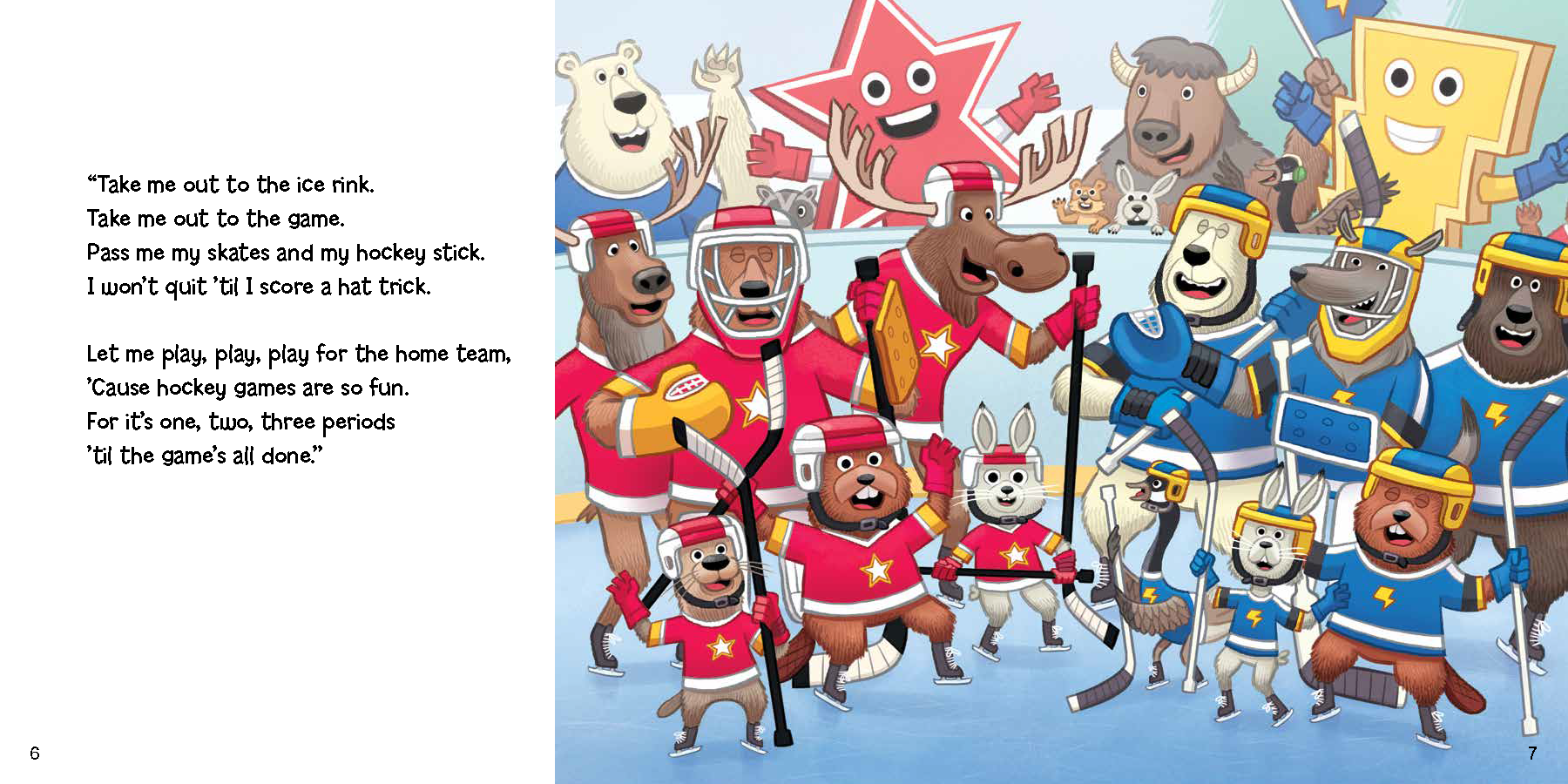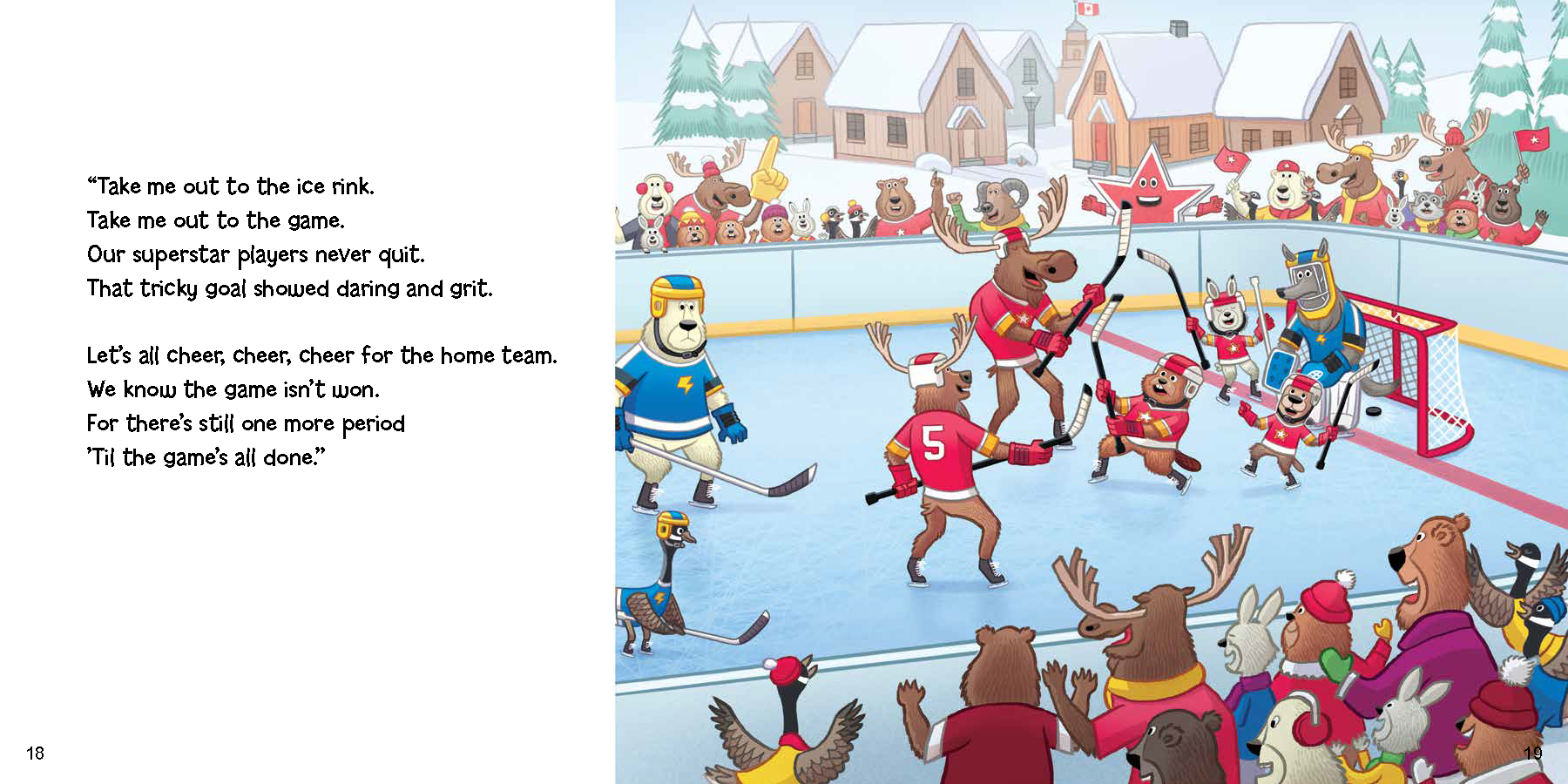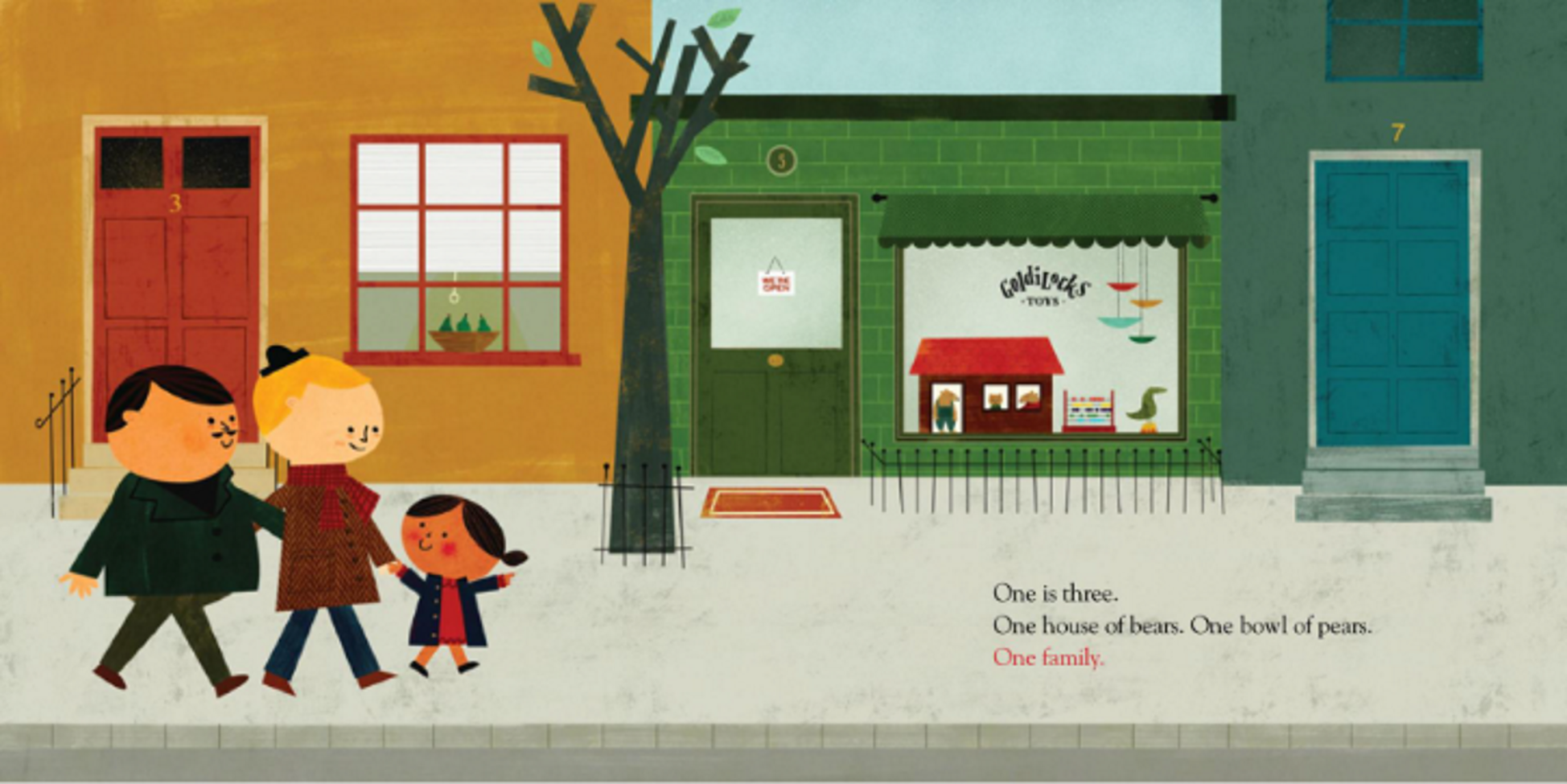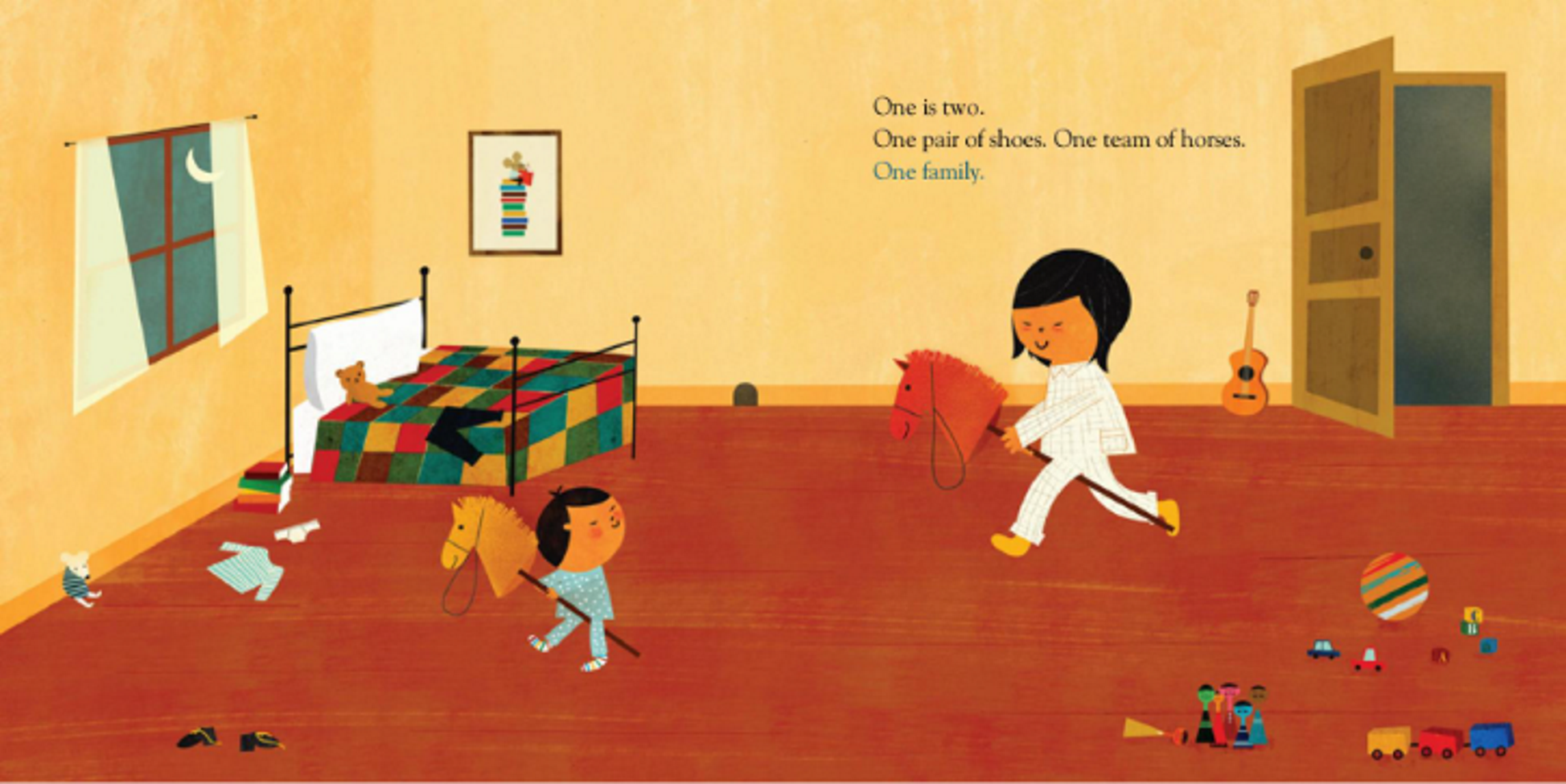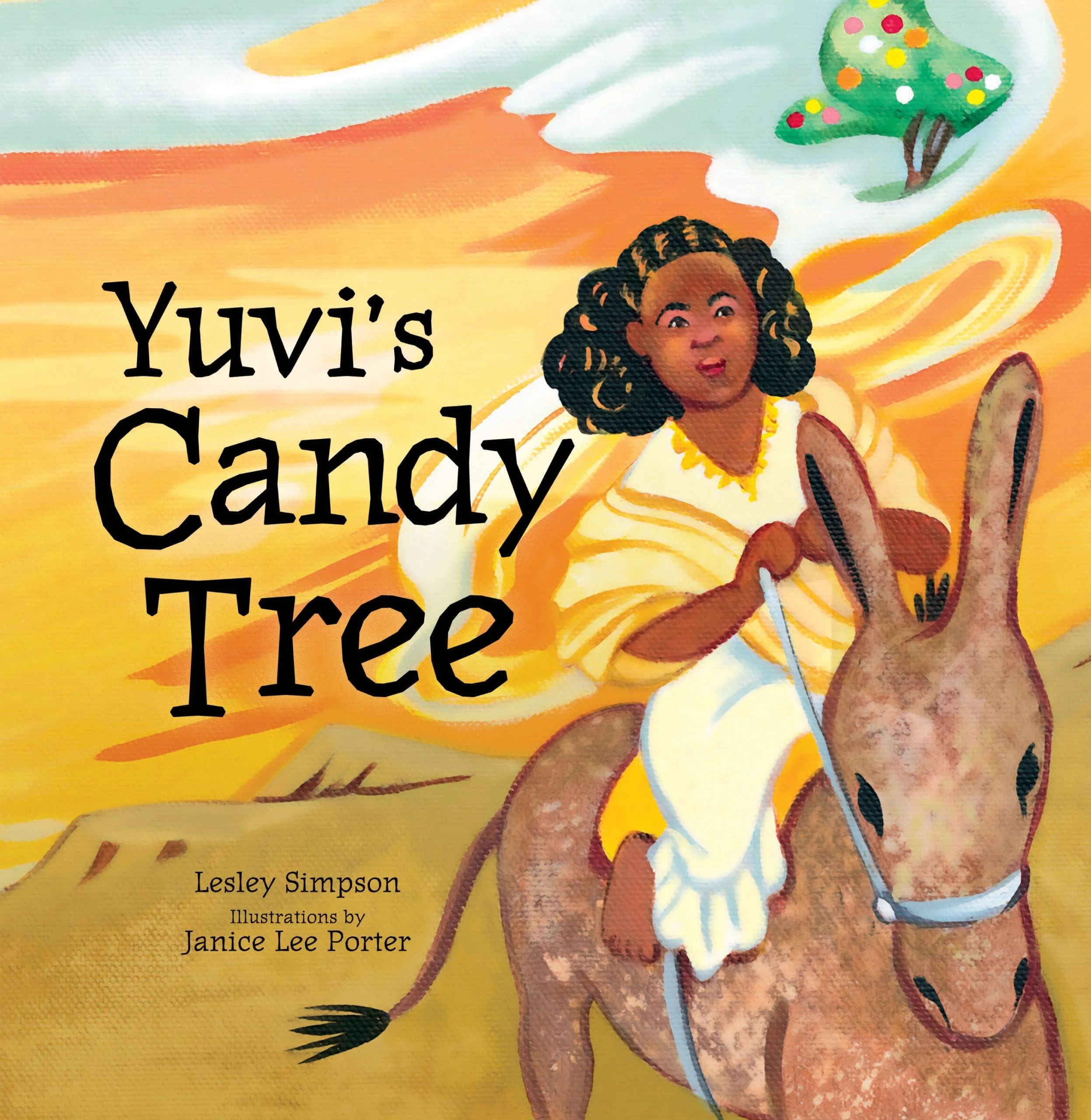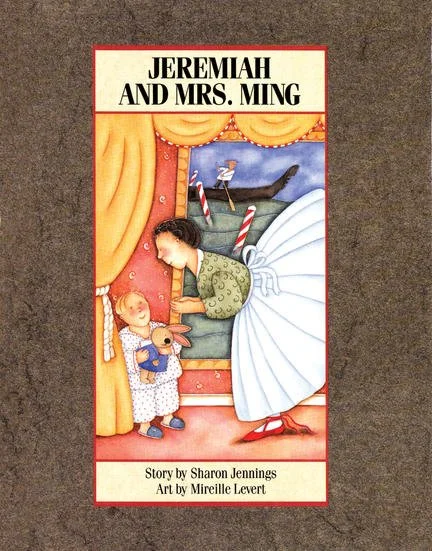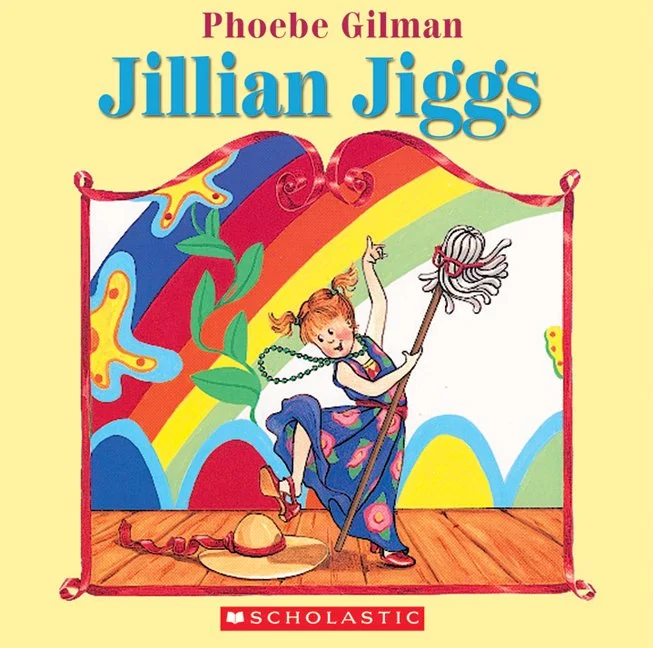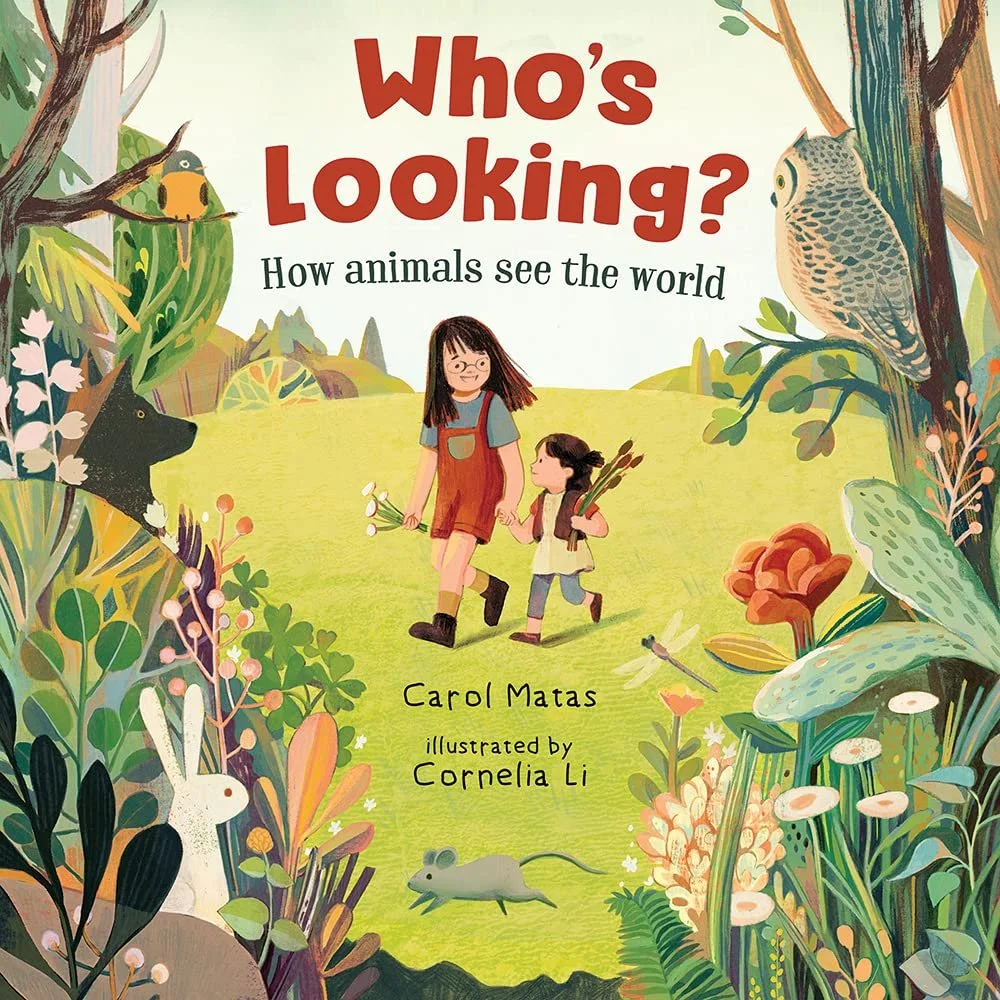We are so excited to have Maria Oka join us today to share information about Journey Picture Books!
Maria Oka holds an MFA in writing for children from the Vermont College of Fine Arts. She knows about journeys from having lived and traveled abroad. She knows about picture books from SCBWI, VCFA, a lifetime of reading them, and ten years of trying to write them. She lives in Los Angeles with her husband and four daughters.
There is just something about a journey. About traveling someplace new.
And there is just something about a picture book that takes you on a journey.
The journey may be across the living room rug (TRUMAN by Lucy Reid Cummins), to the beach (recent Caldecott winning HOT DOG by Doug Salati), or across town to the subway (WAIT by Antoinette Portis).
Or it may take you across the line between the imaginary world and the real one (BEEKLE by Dan Santat), into worlds unknown (JOURNEY by Aaron Becker), or on a flight of fancy (WHERE THE WILD THINGS ARE by Maurice Sendak).
But all journey picture books have one powerful thing in common:
Discovery.
Inherent in each journey picture book there is some form of travel and the discovery of something new. New sites, new worlds, new vistas, new dangers, new joys, new emotions.
Here are just a few examples:
In Aaron Becker’s epic wordless picture book, JOURNEY, the main character discovers a new land full of wonder and danger, and a beautiful red bird that needs saving.
In Kaya Doi’s CHIRRI AND CHIRRA, two girls travel on bike to discover forests, oceans, and small delights.
In Doug Salati’s HOT DOG, the main little pup re-discovers the beach, the cool breeze, the joy of a day out.
Sometimes a journey picture book ends in that new place (BEEKLE, WAIT, CHIRRI AND CHIRRA etc.), but often, they follow the “there and back again” pattern, taking their character on a journey, and then bringing them home again (WHERE THE WILD THINGS ARE, WHEREVER YOU GO by Pat Zietlow Miller, HOT DOG etc.).
The journey may encompass the entire book, or a small part of it, but there should be some inherent desire or longing that accompanies and drives the story. It may just be a simple desire to discover. But some journey picture books give us a character with a deep internal yearning that follows them through their journey, inviting courage, and producing change (see TRUMAN, WHERE THE WILD THINGS ARE, JOURNEY). Often, in these books, the external journey serves as a metaphor for the internal change, and when done well, it is beautiful to behold.
So…where are you going to take your reader next?

